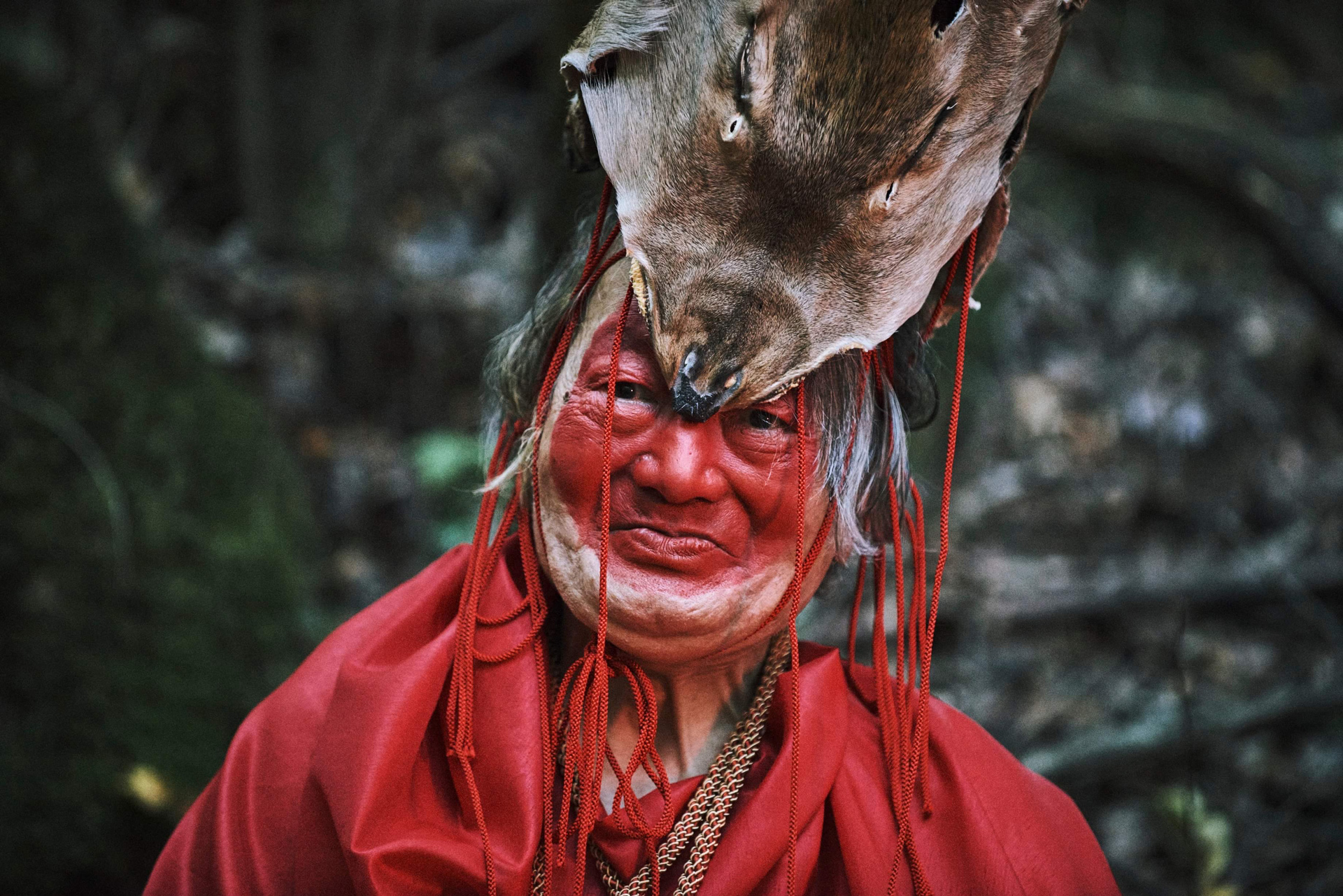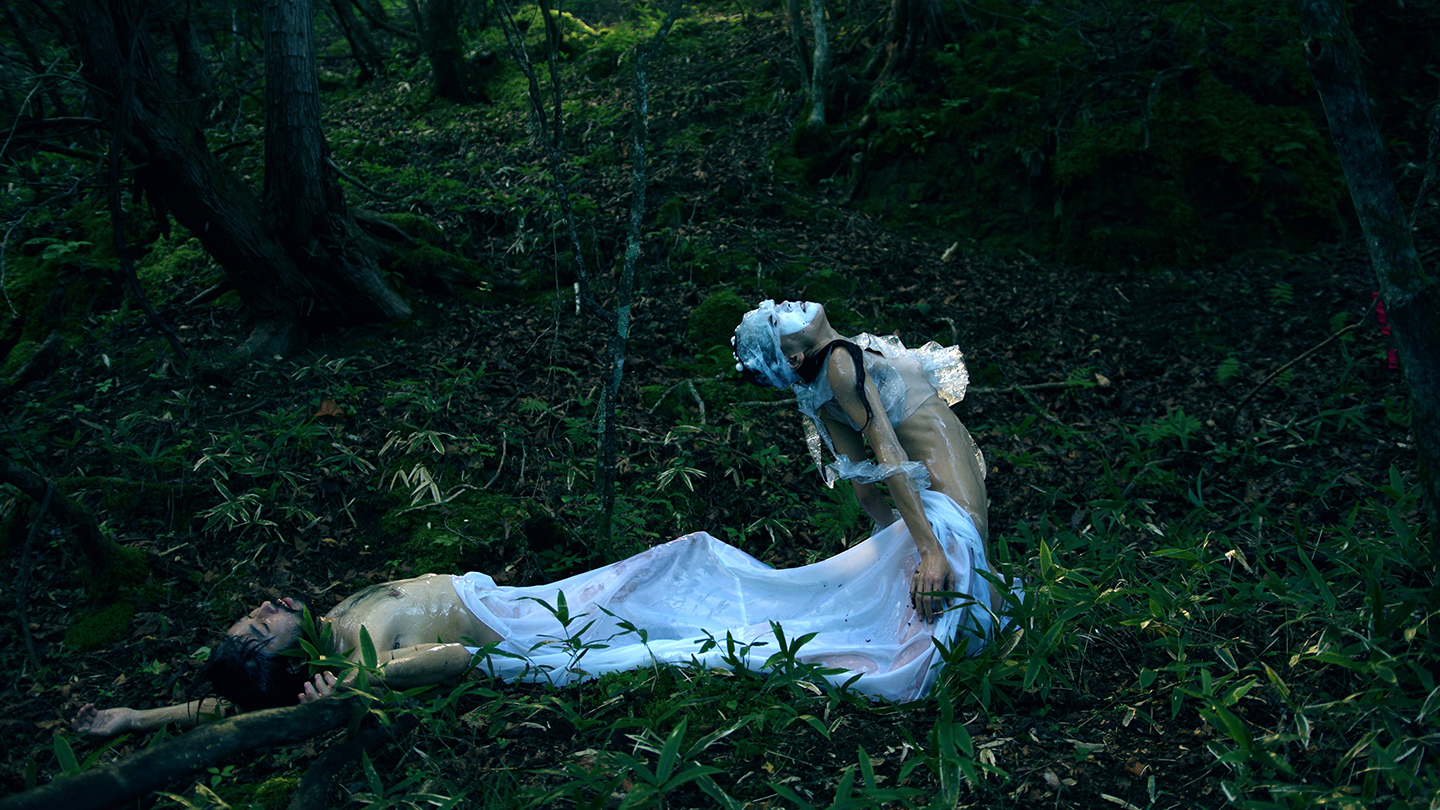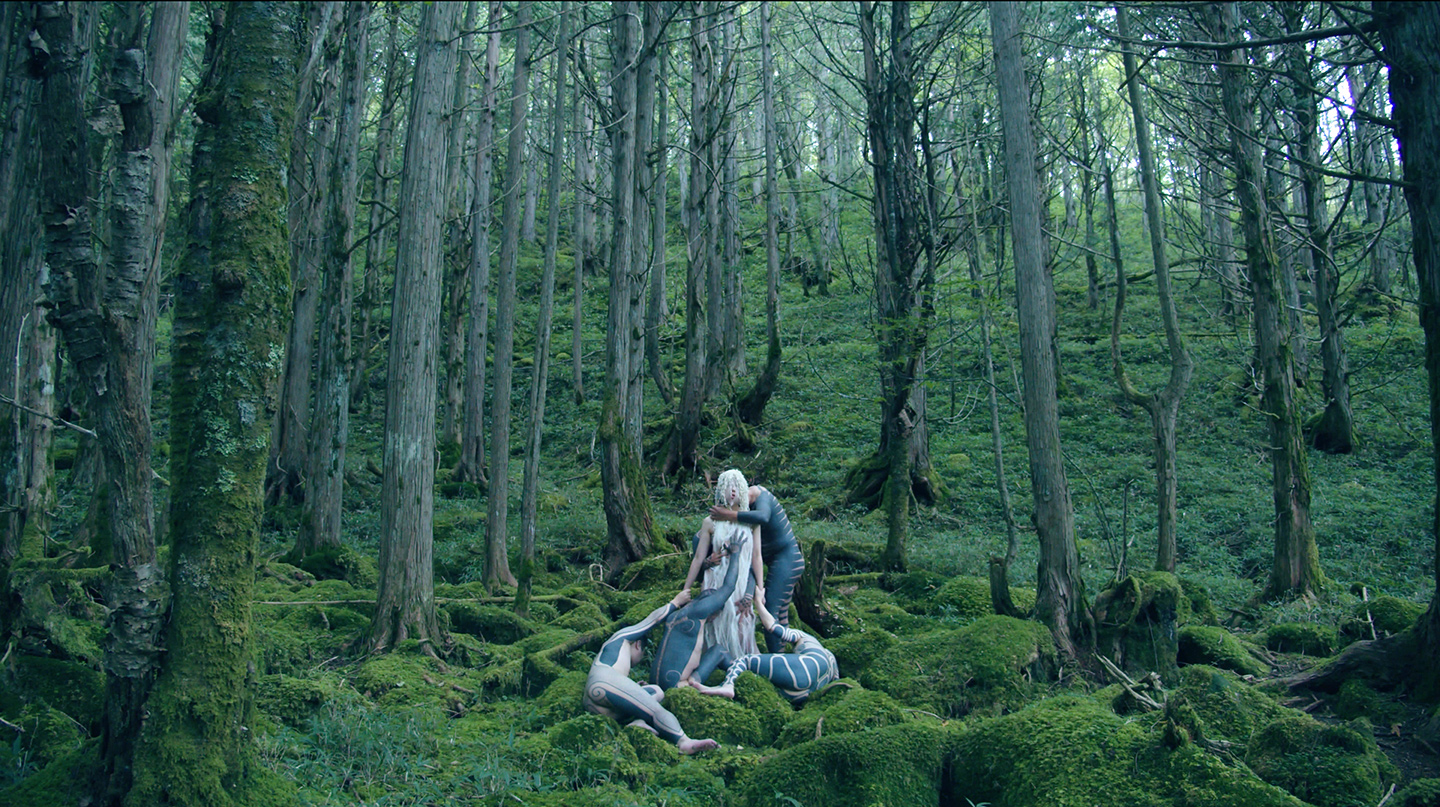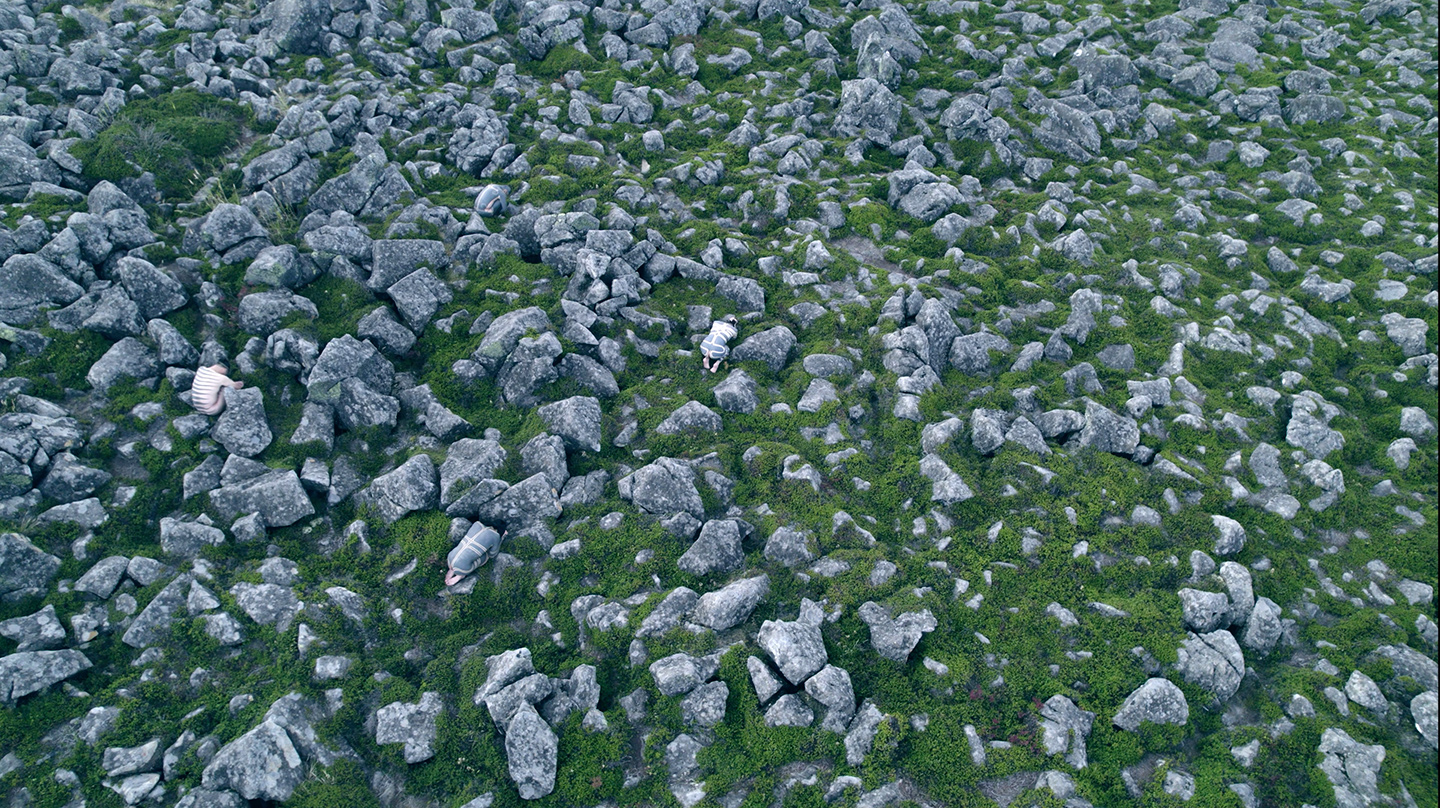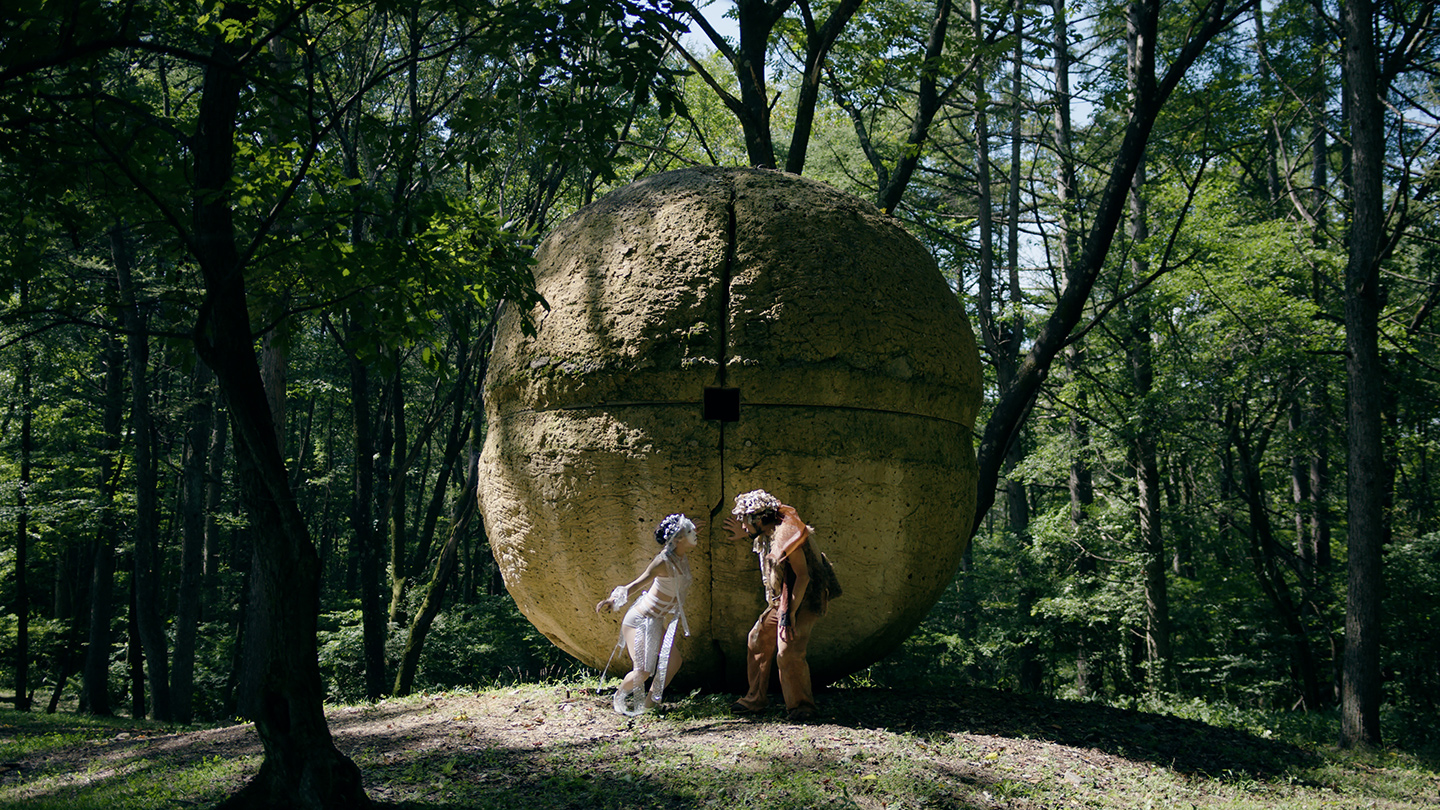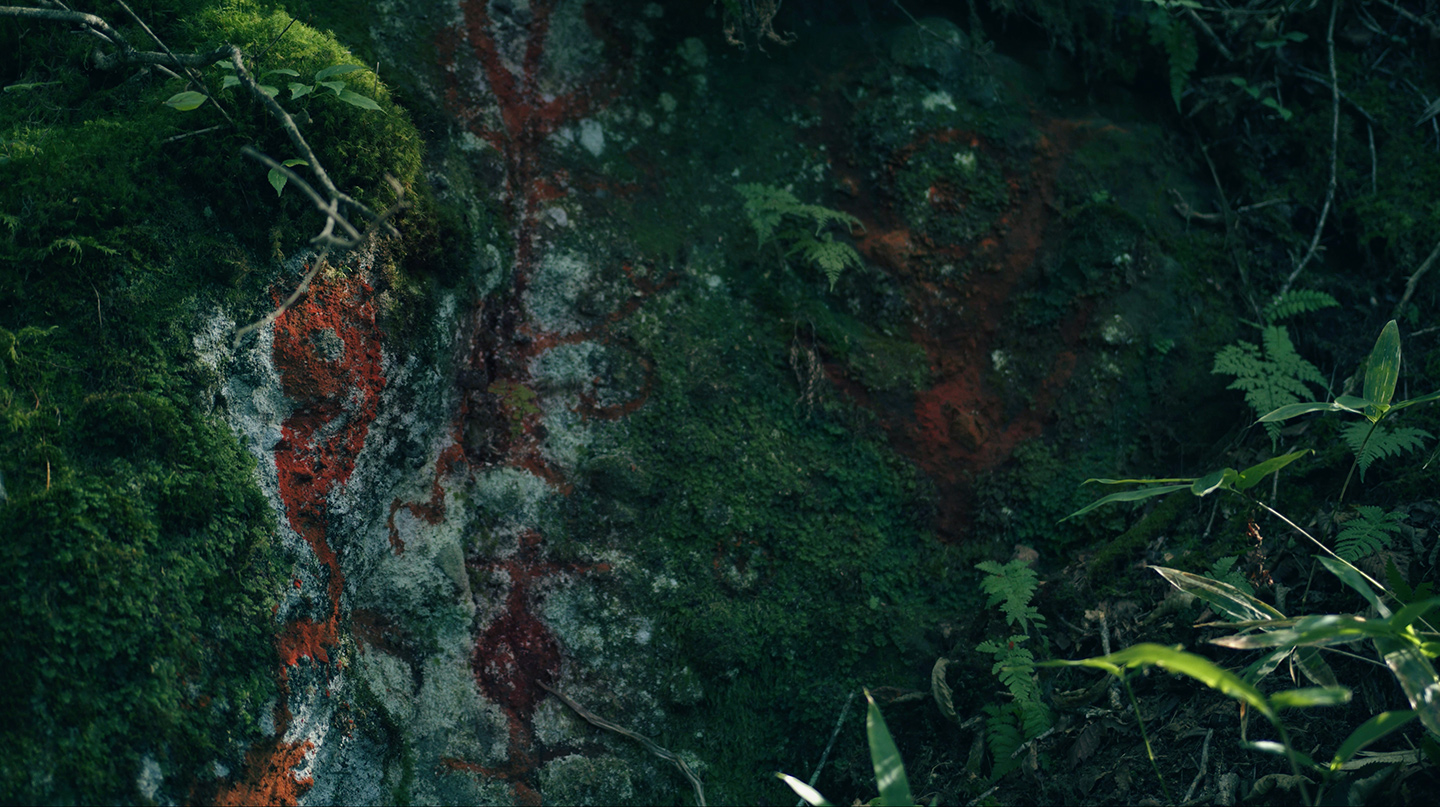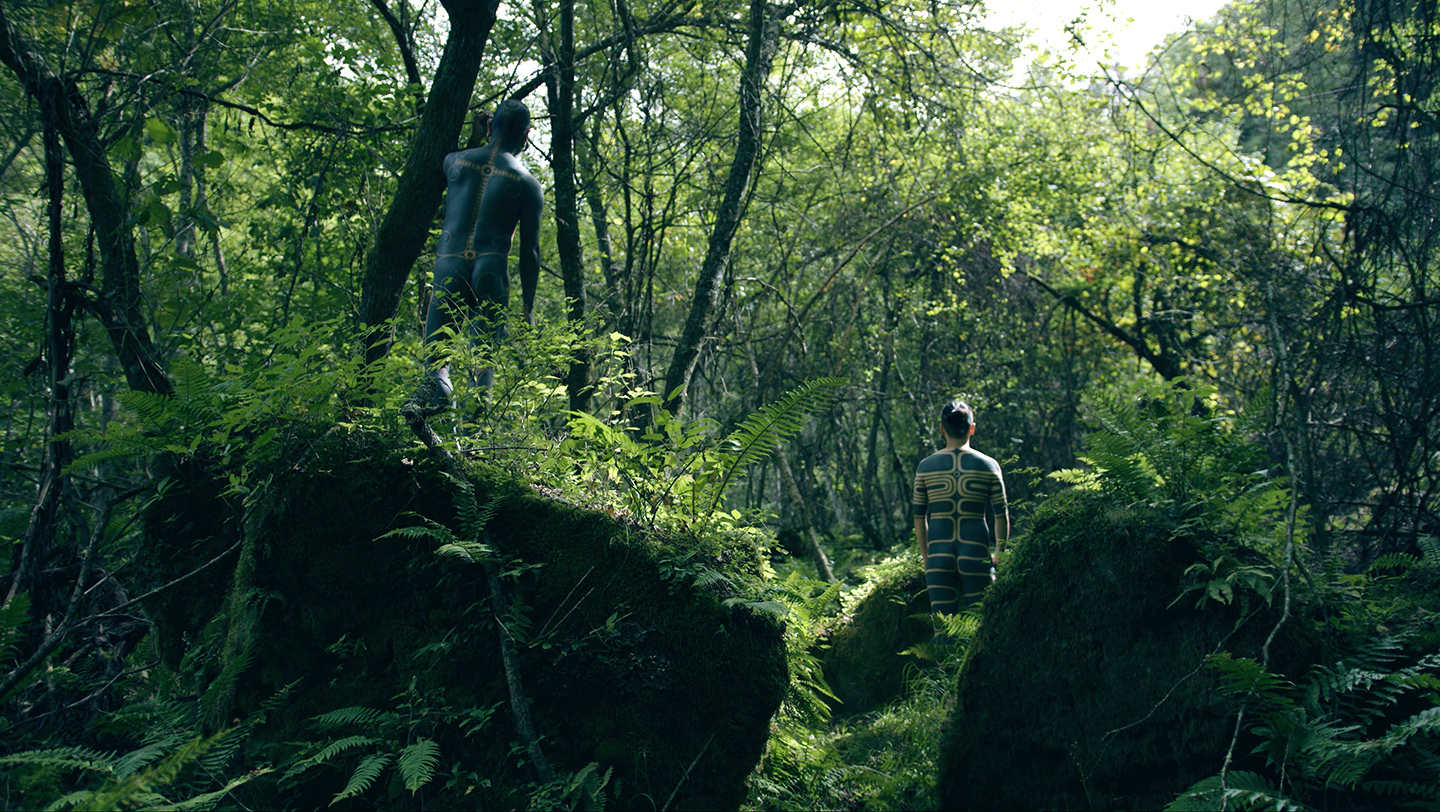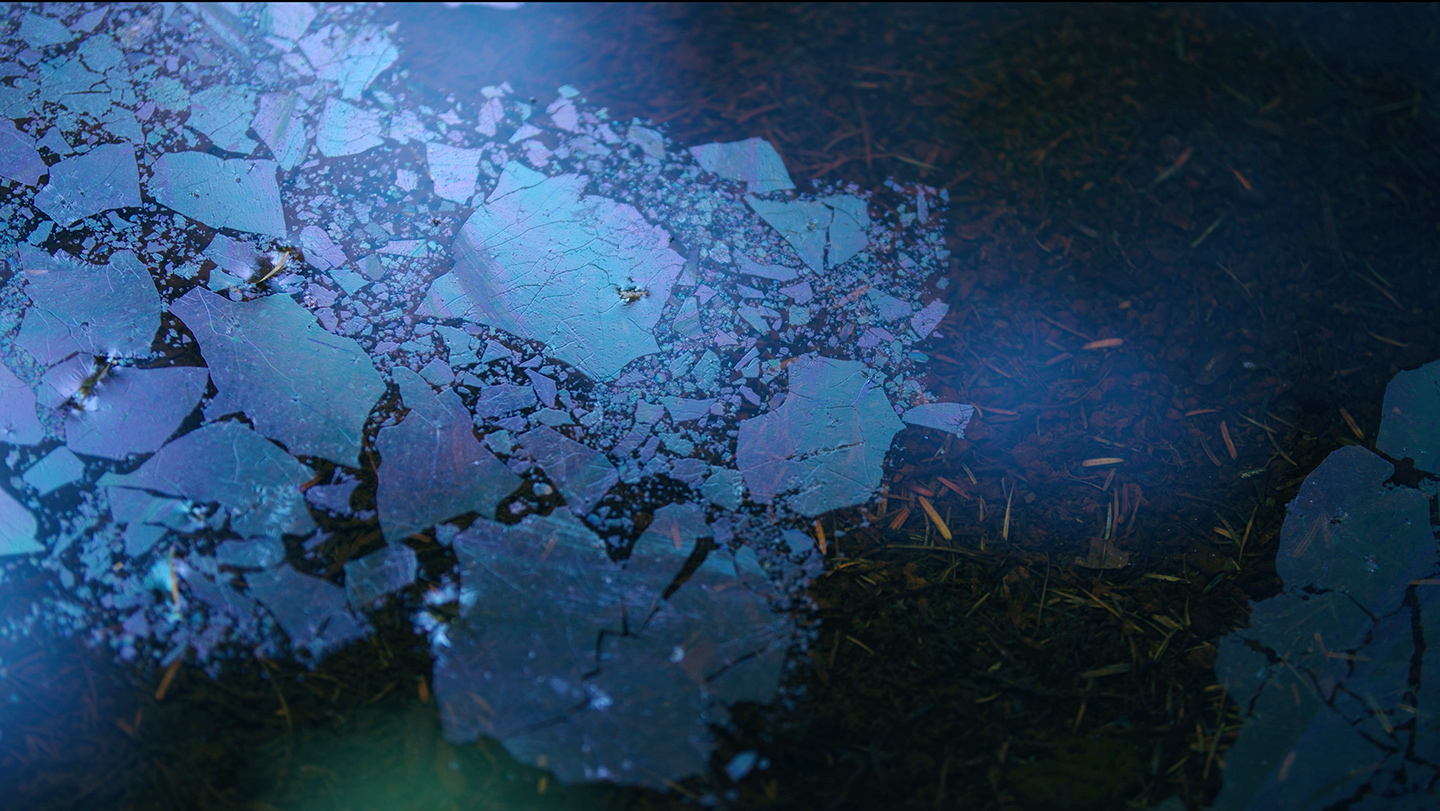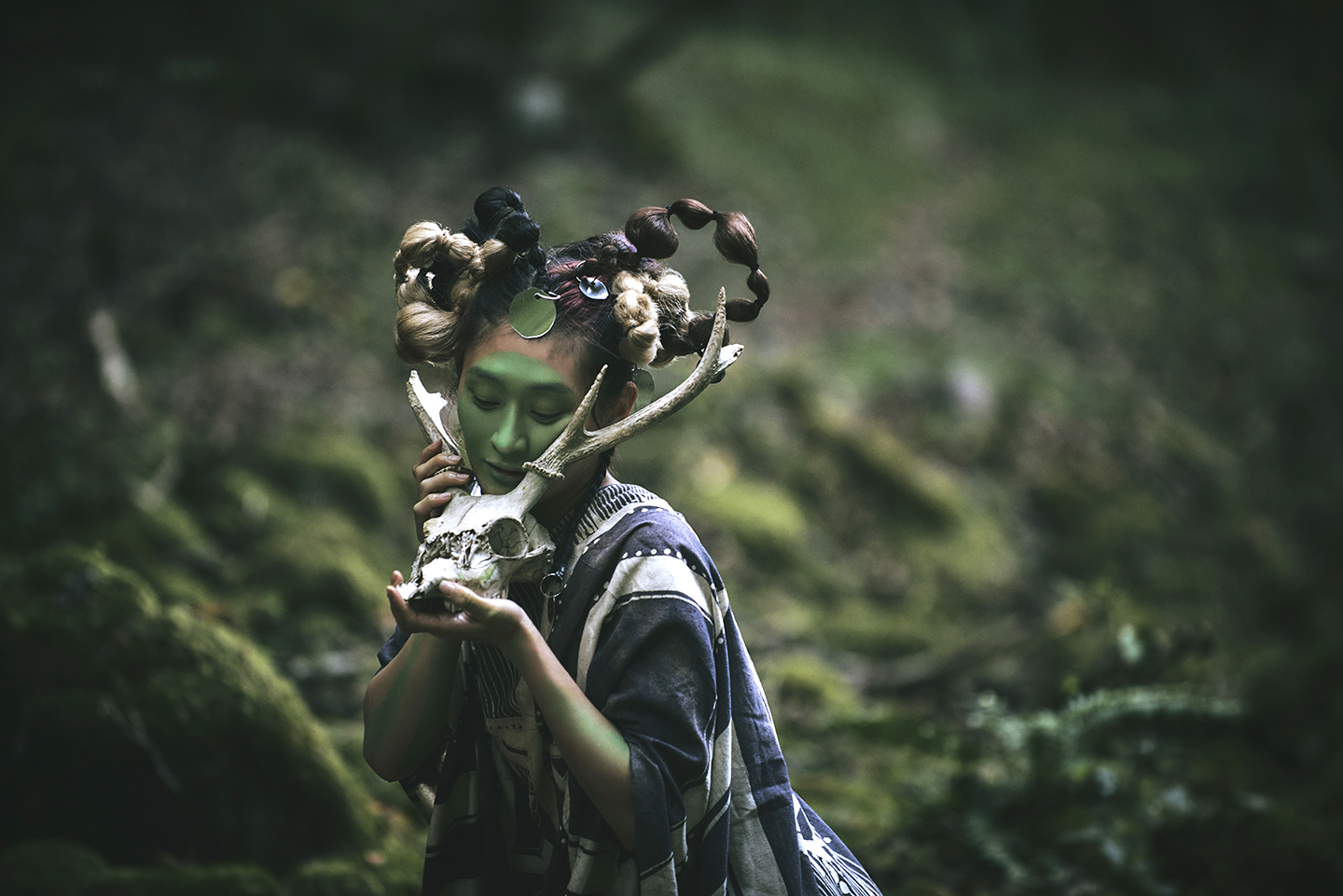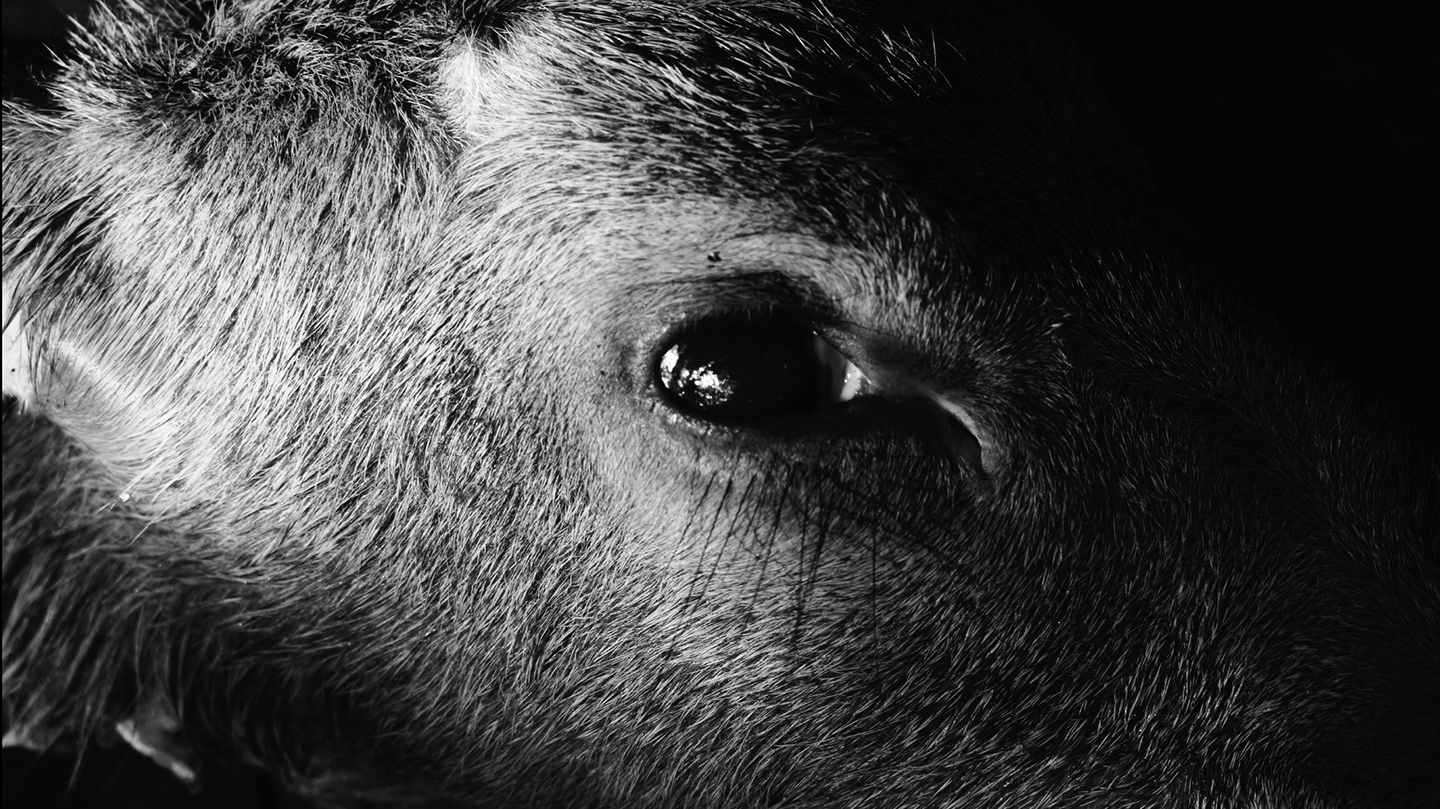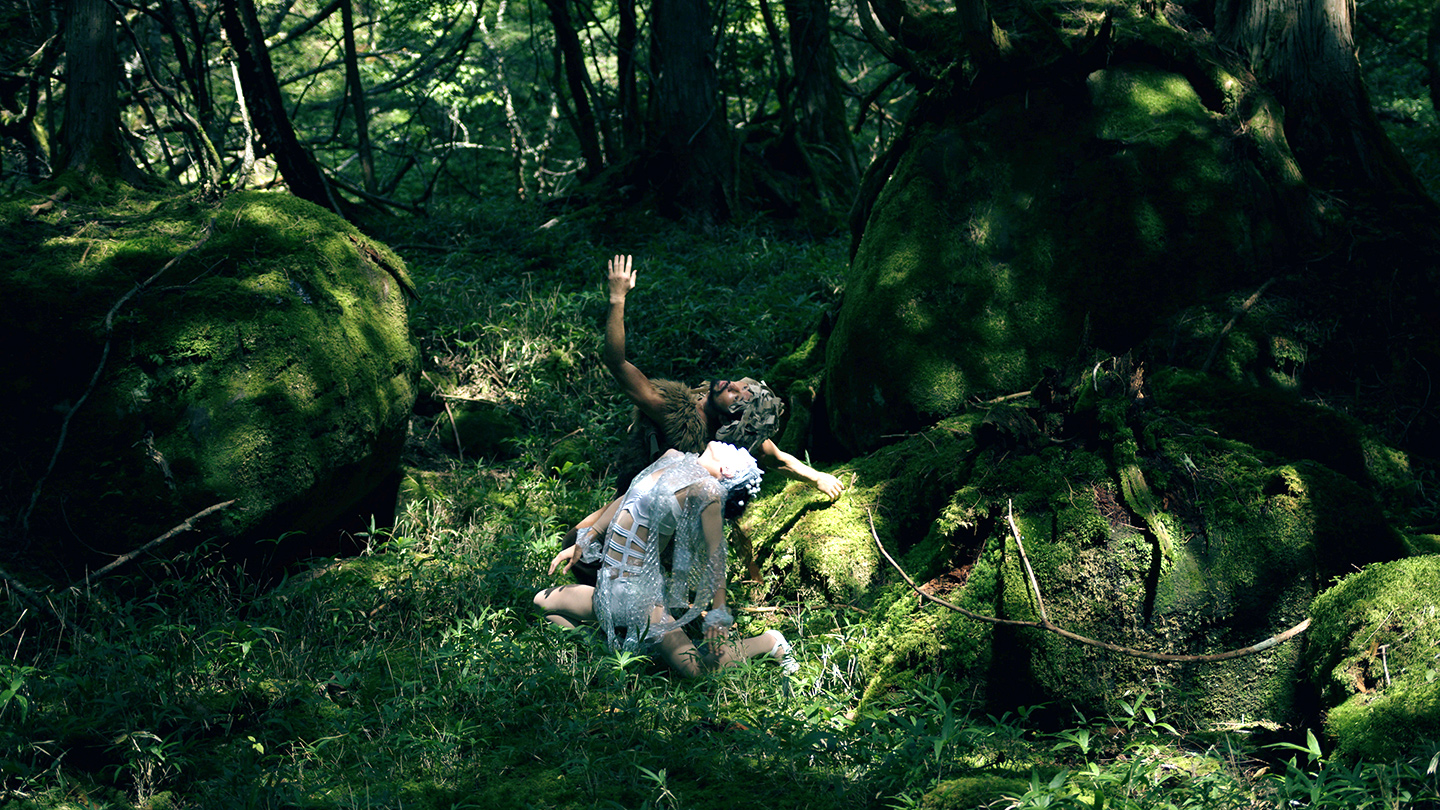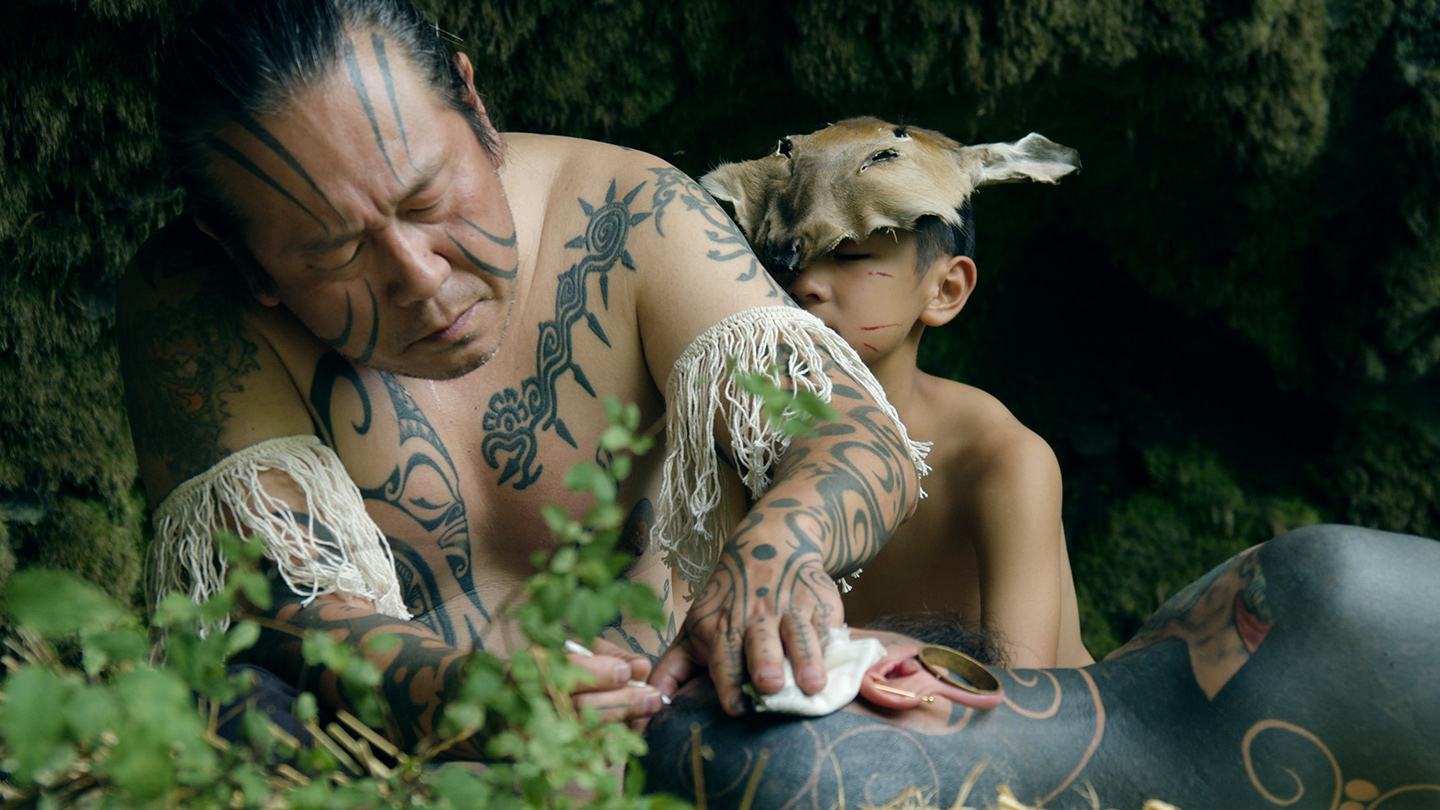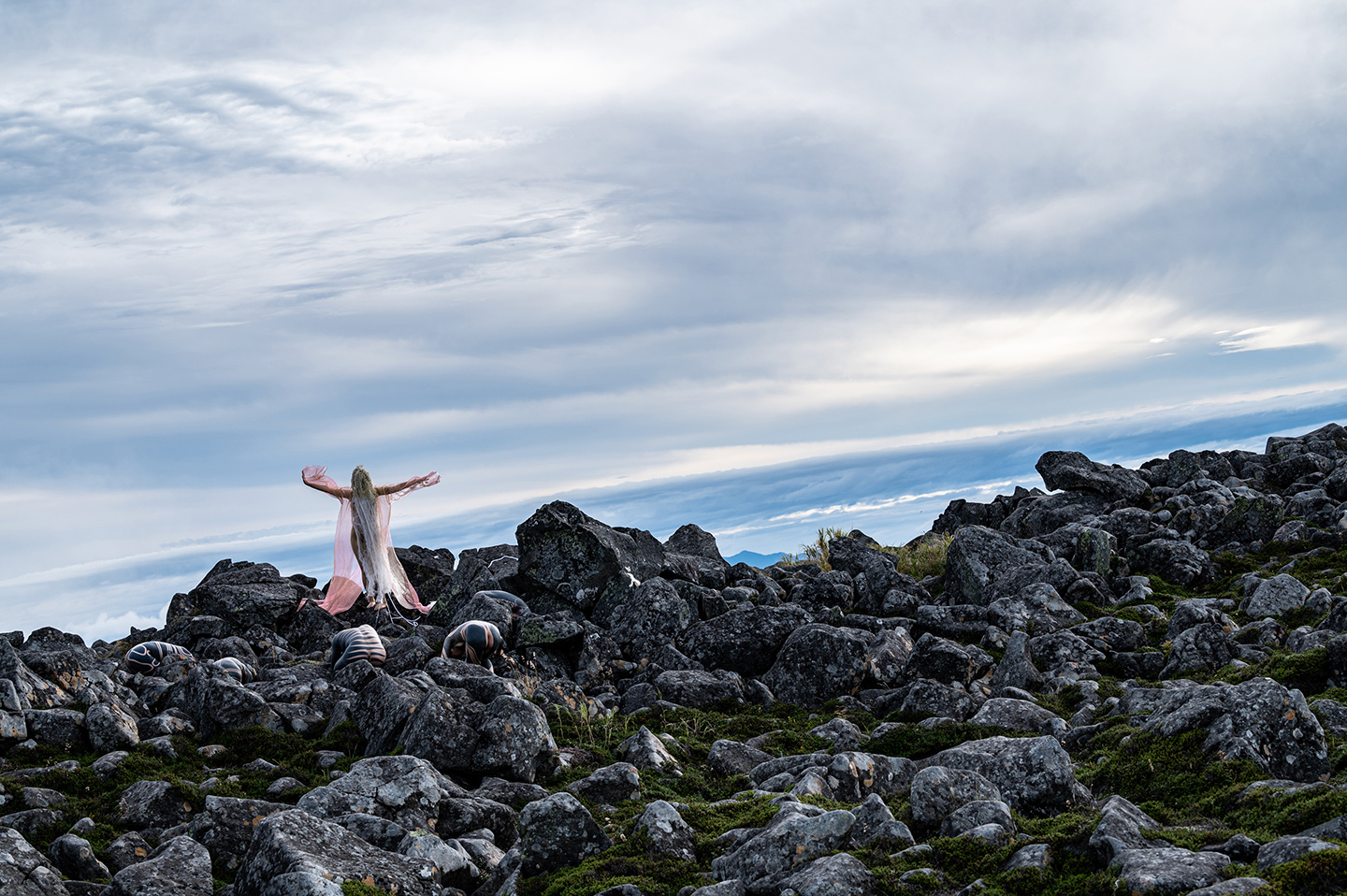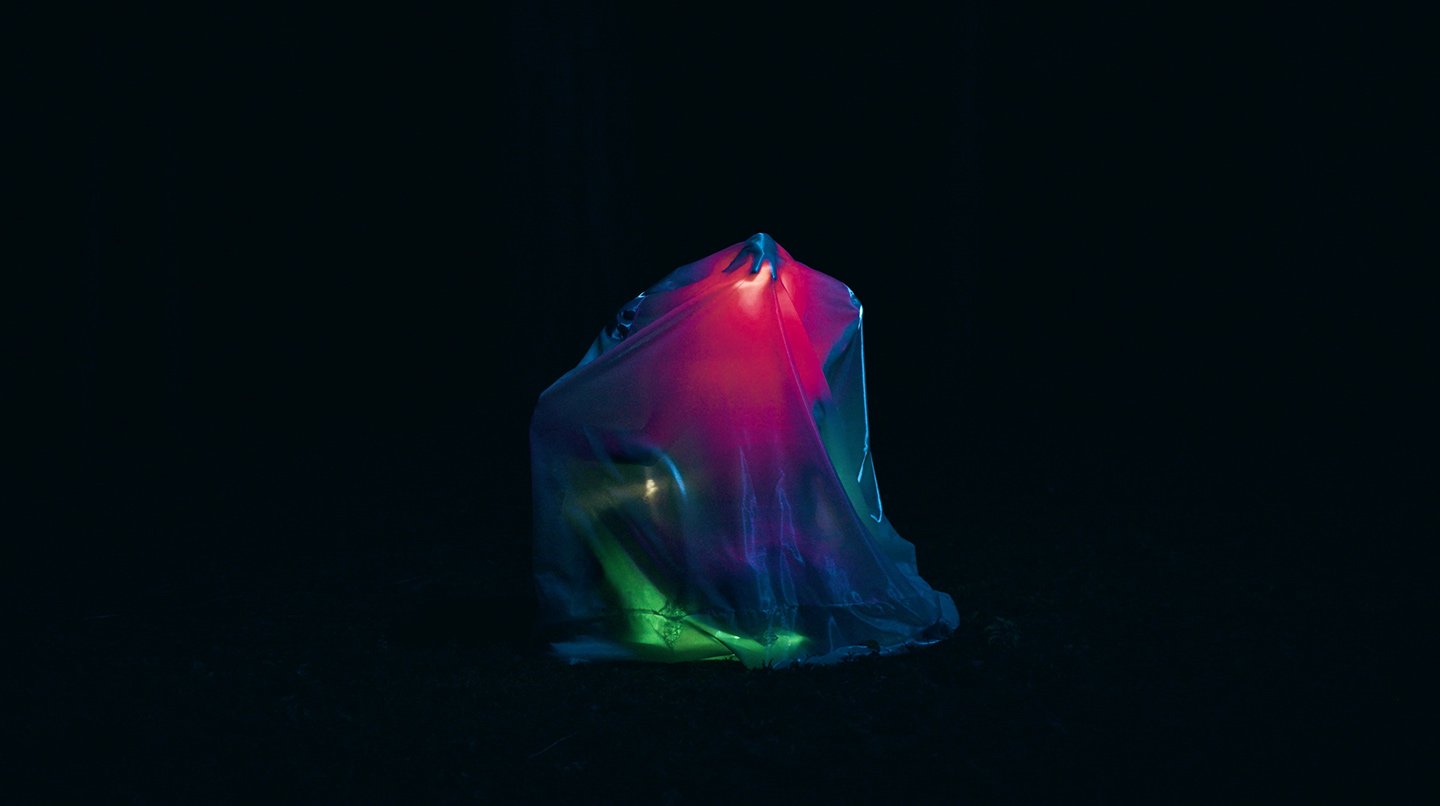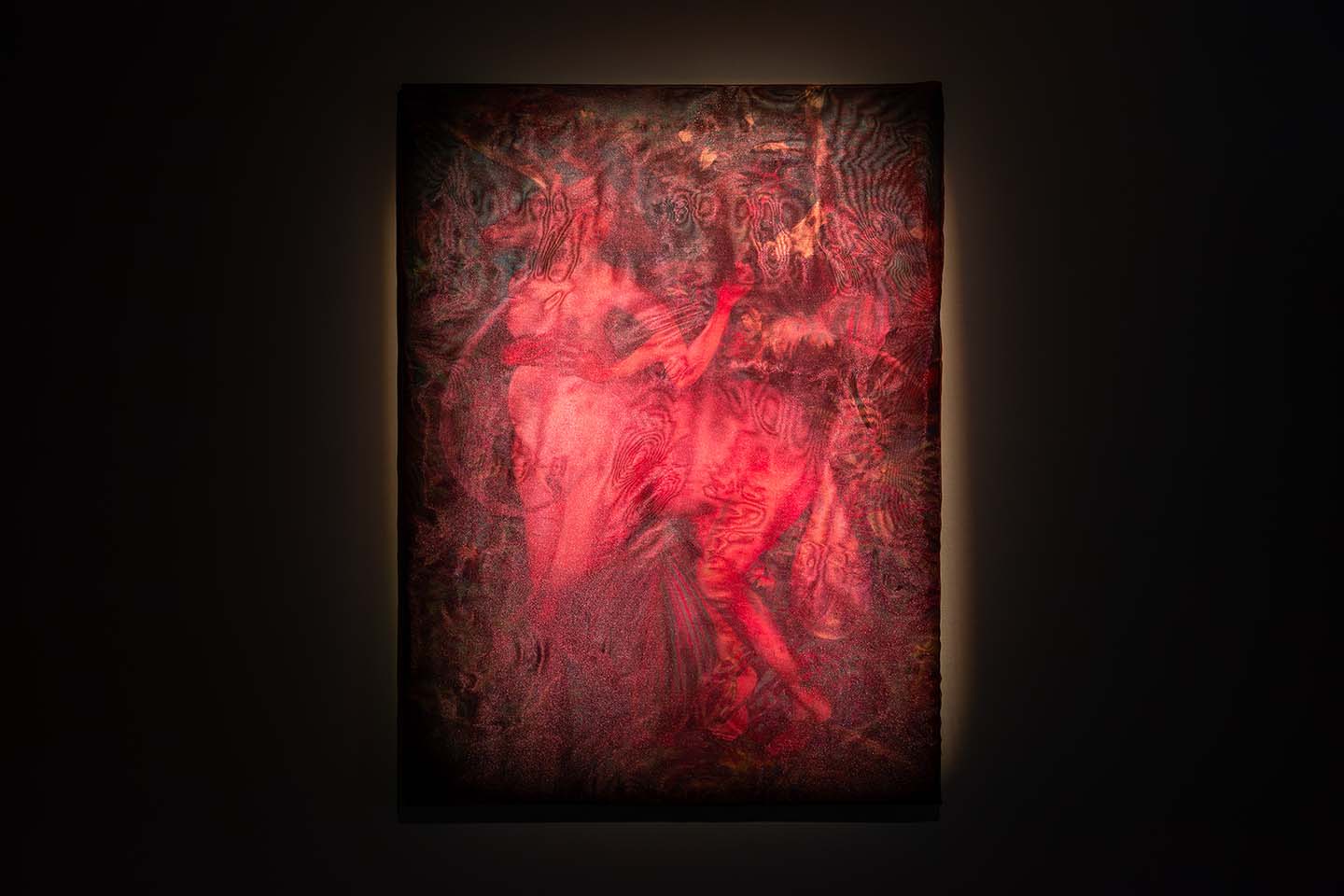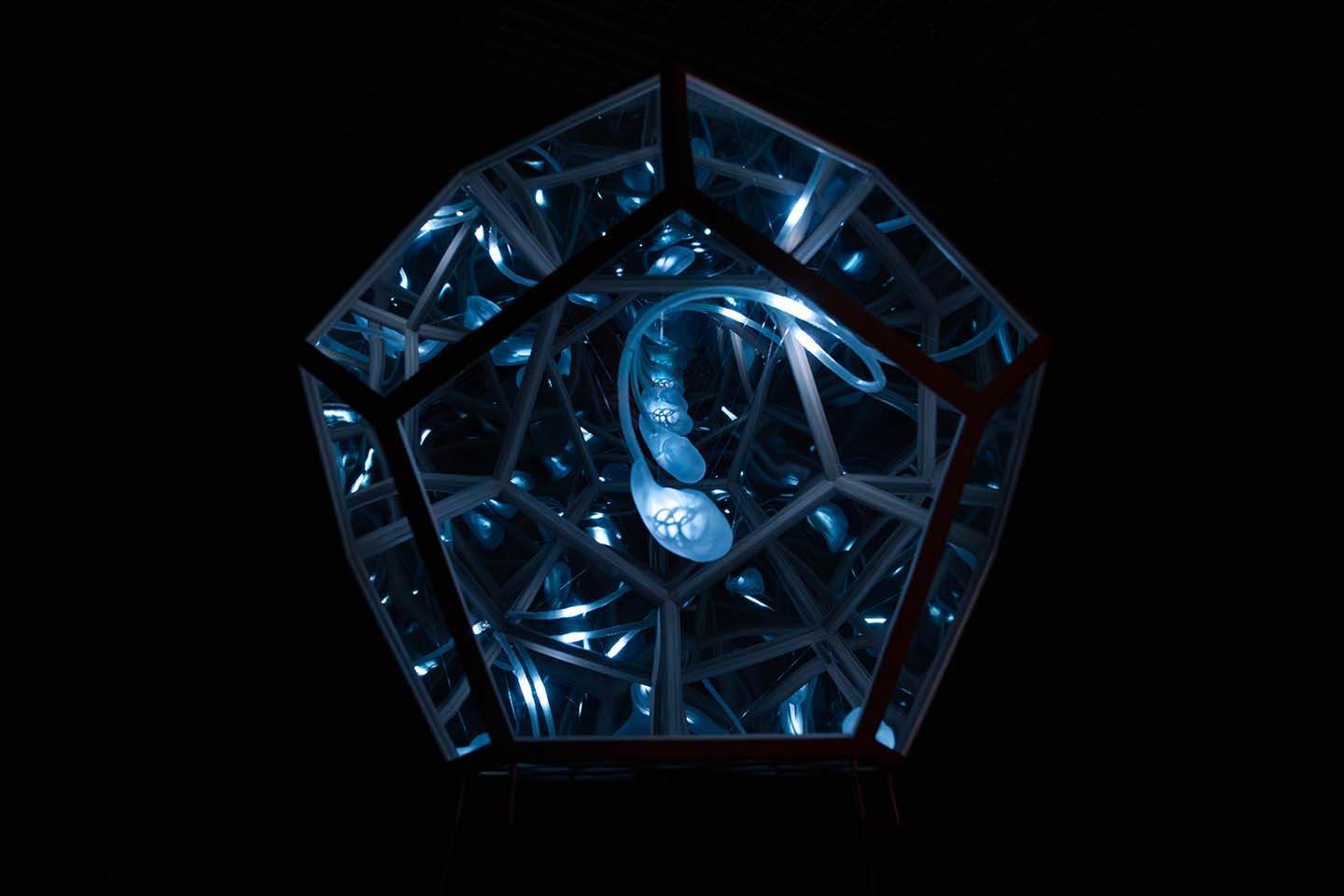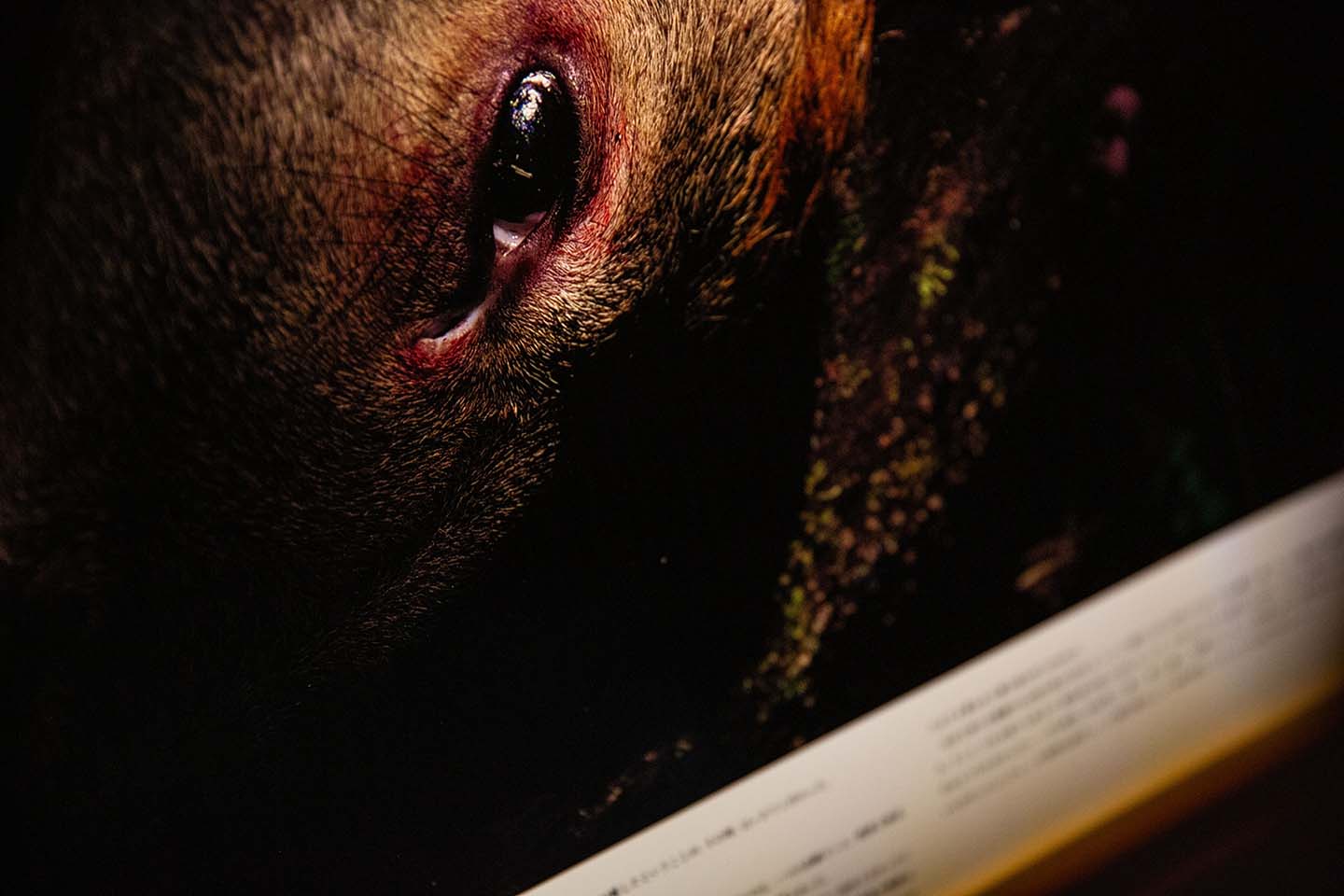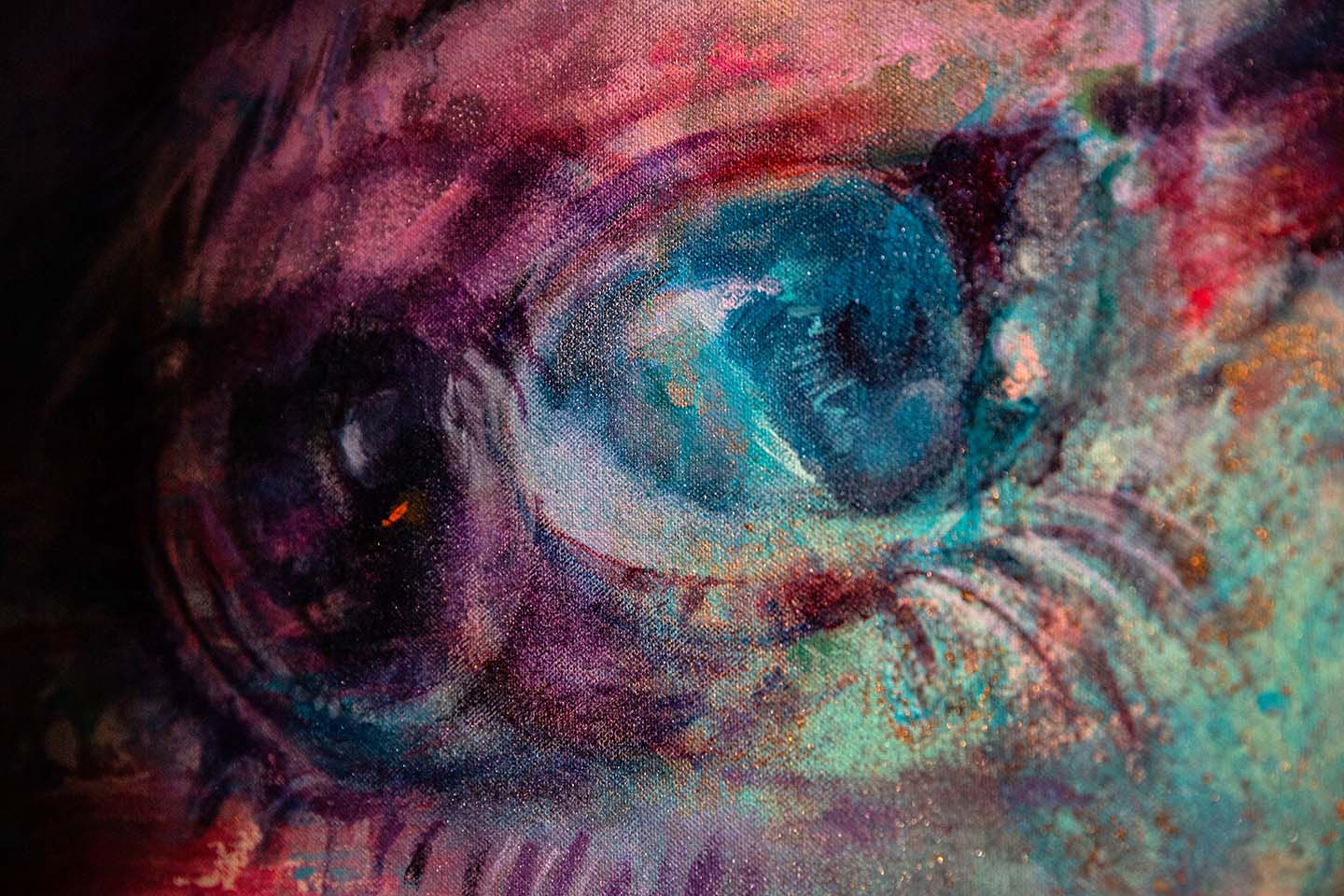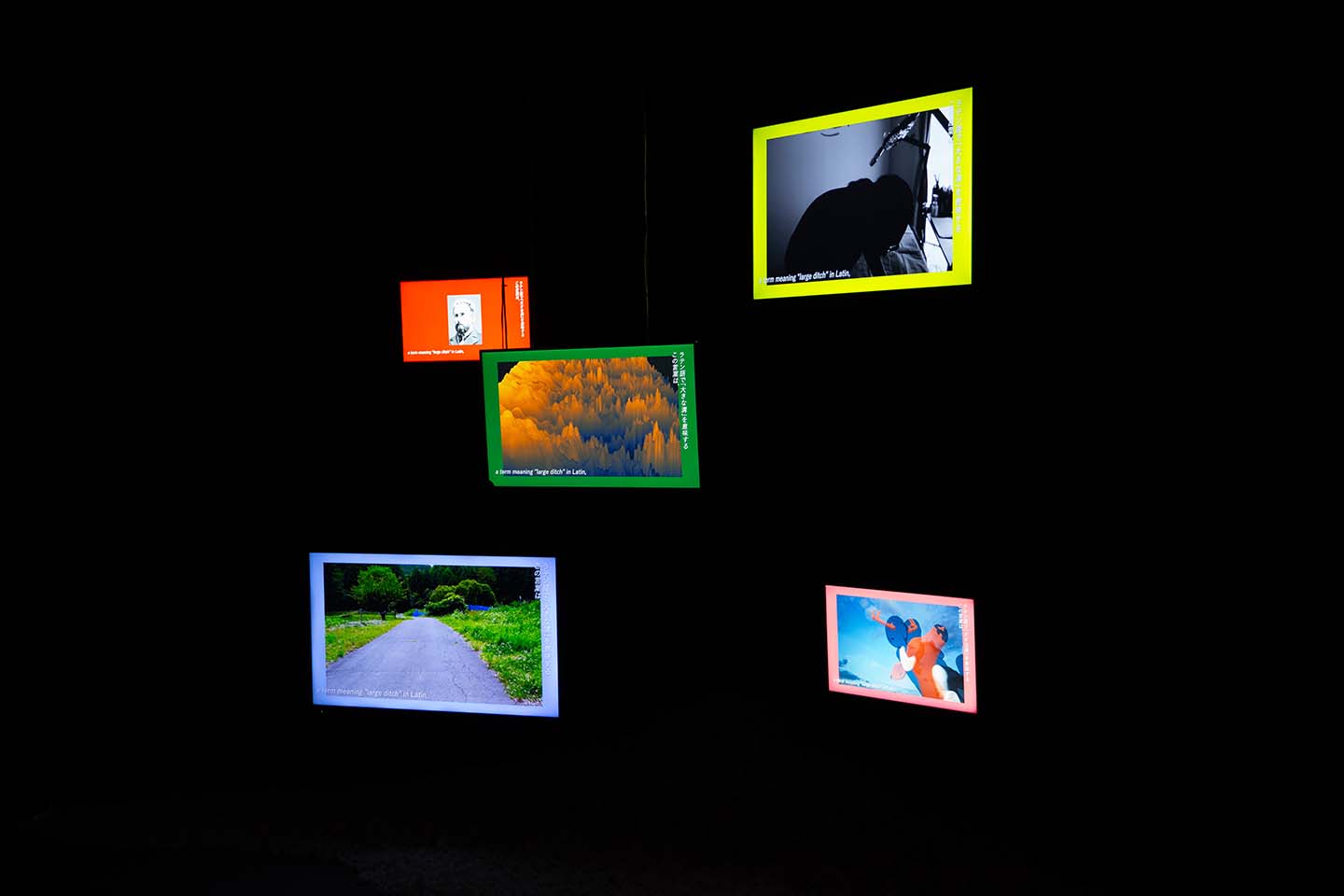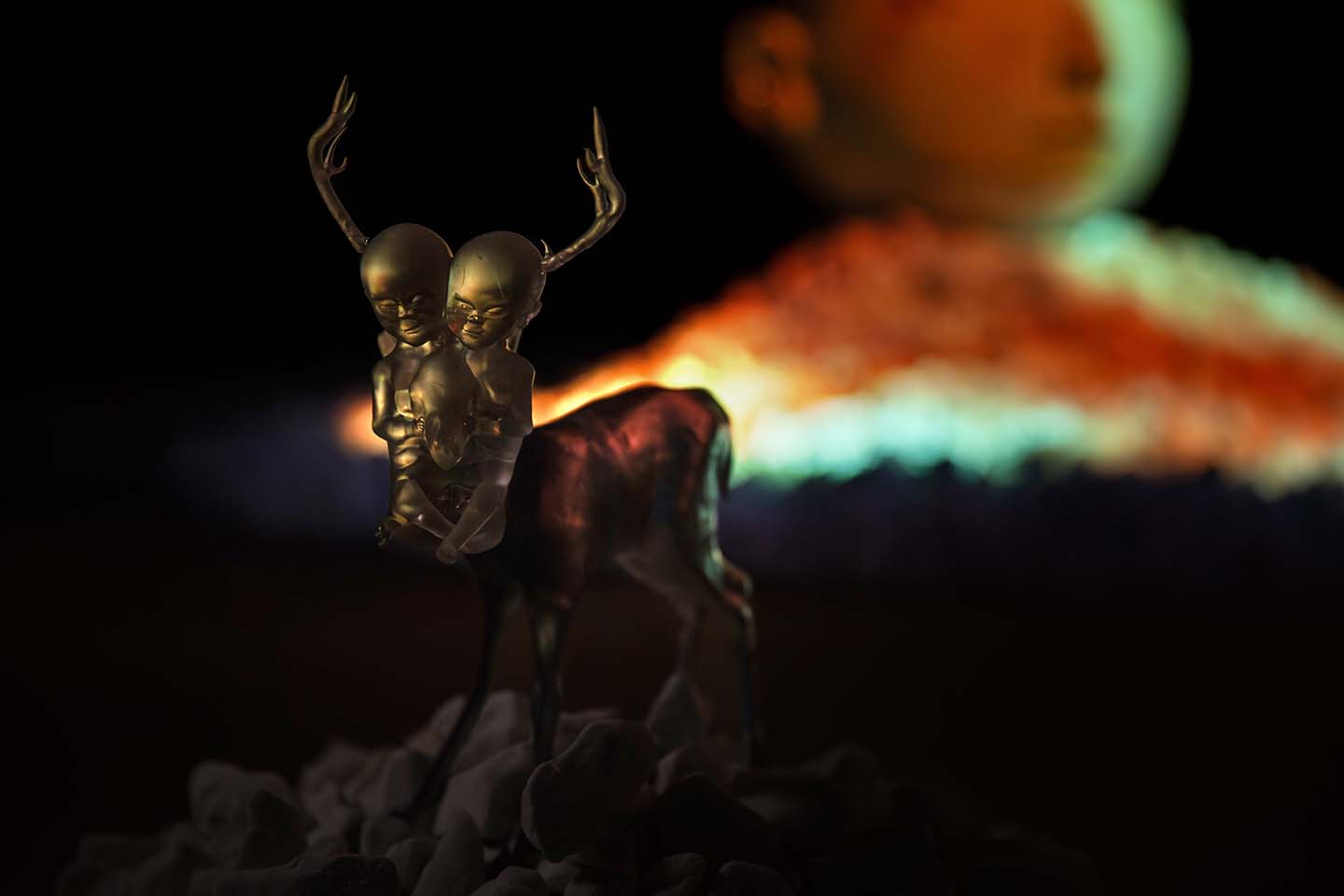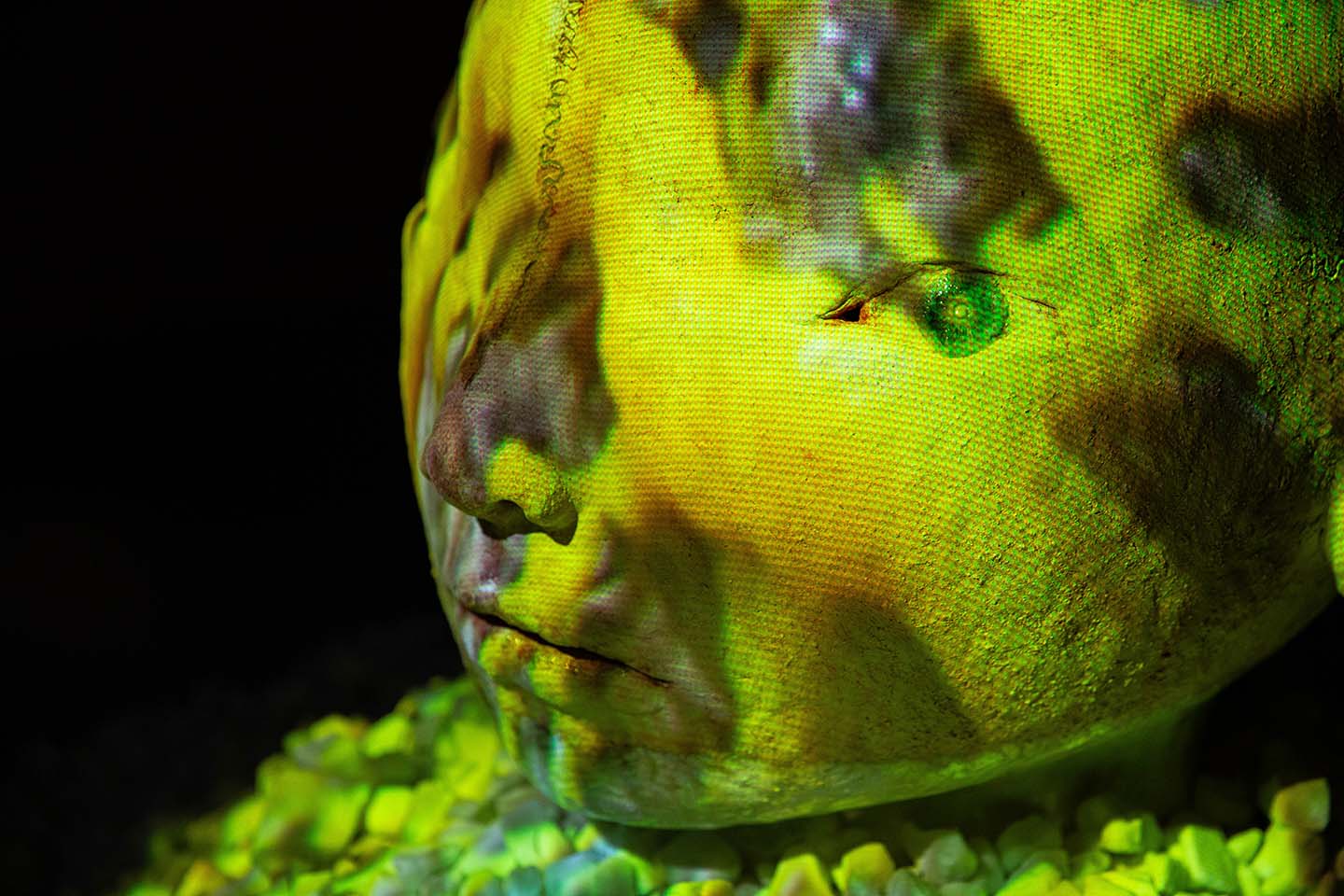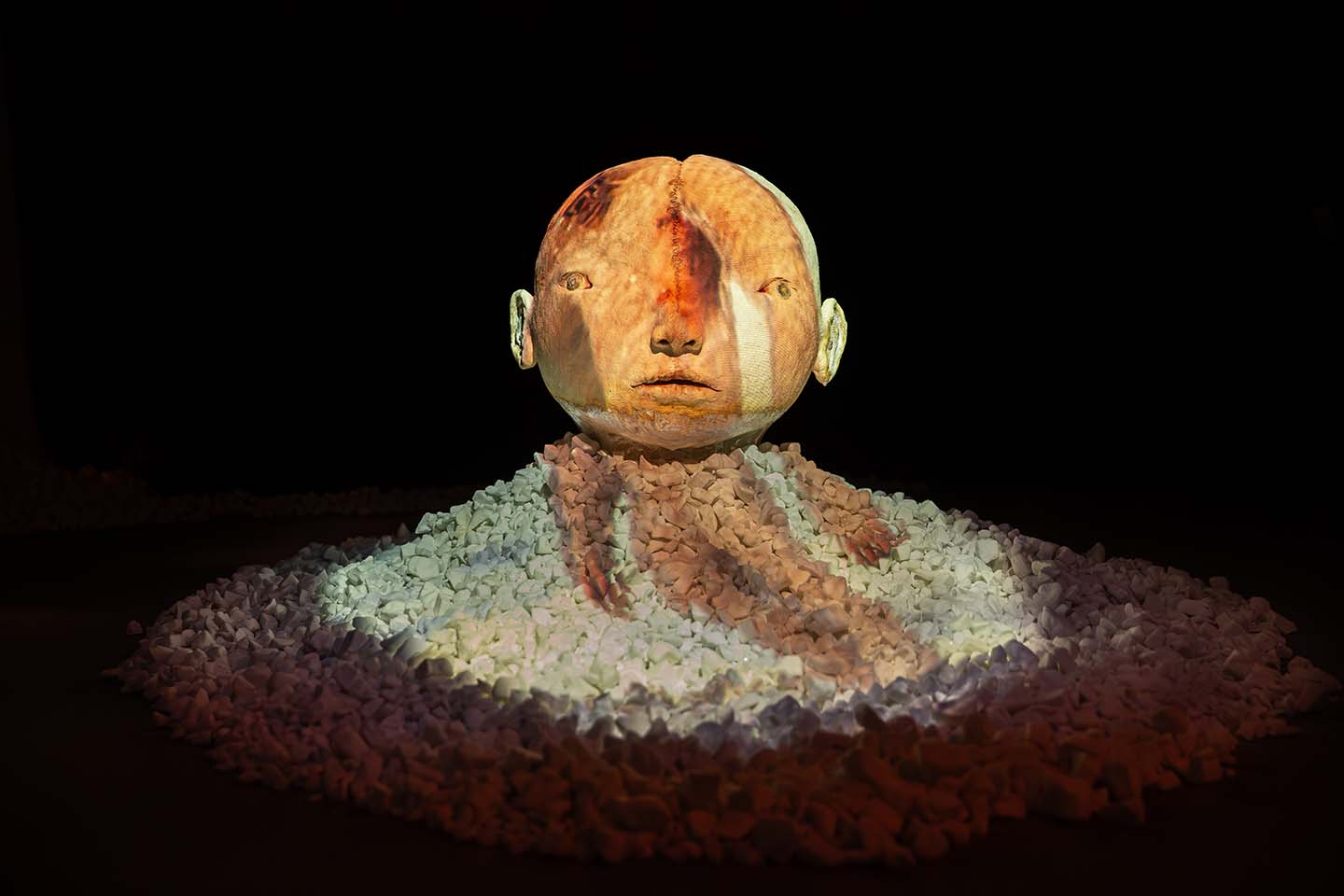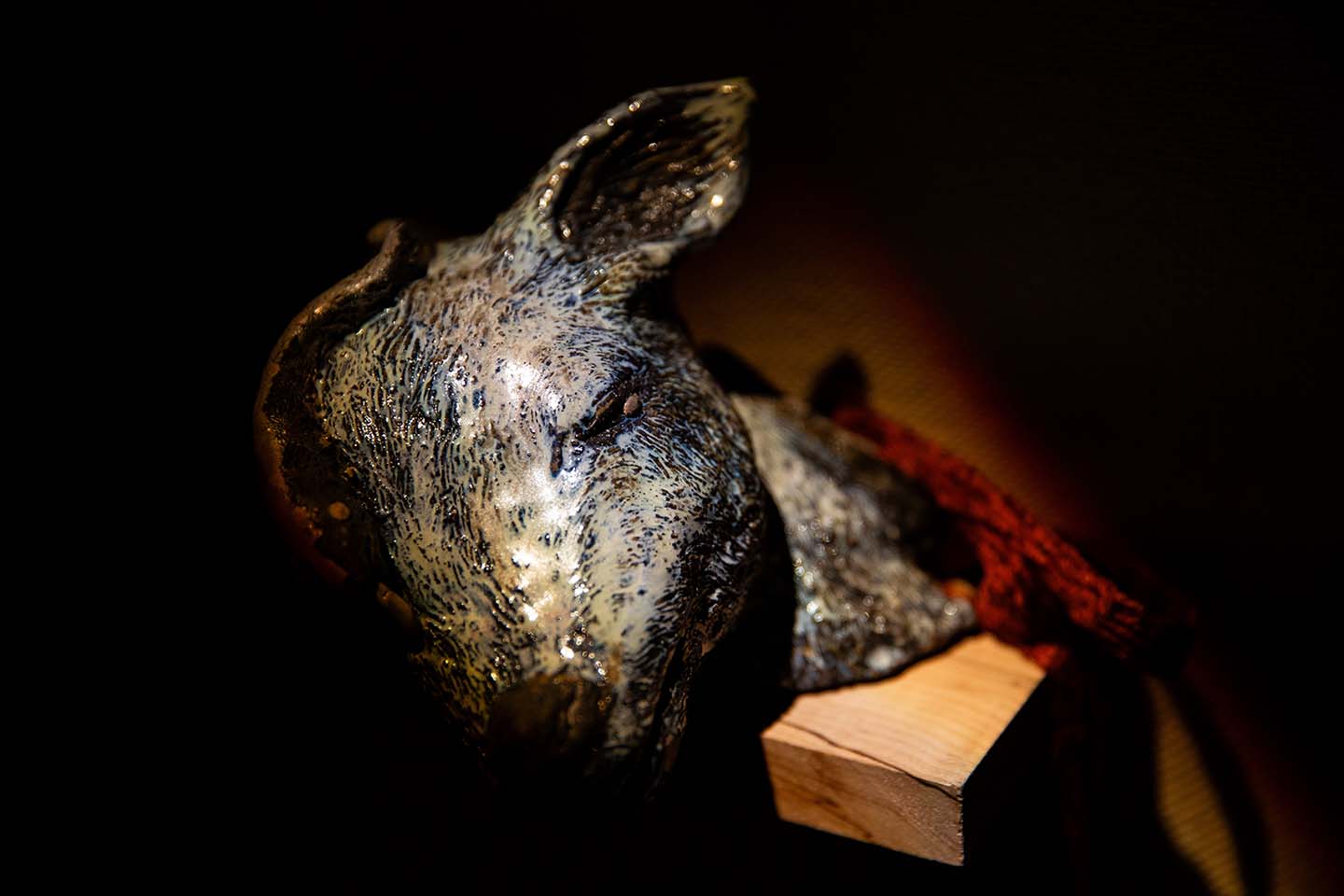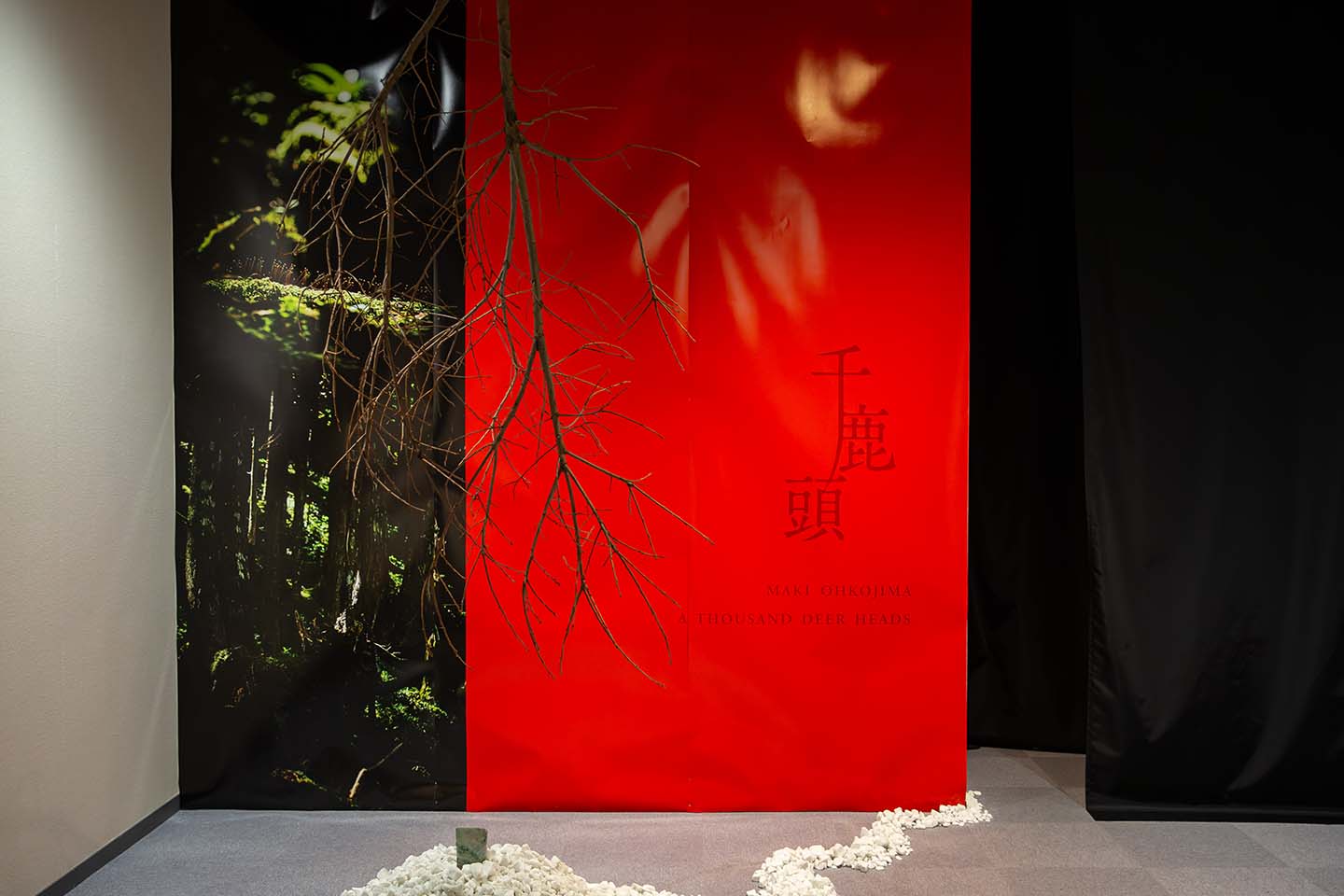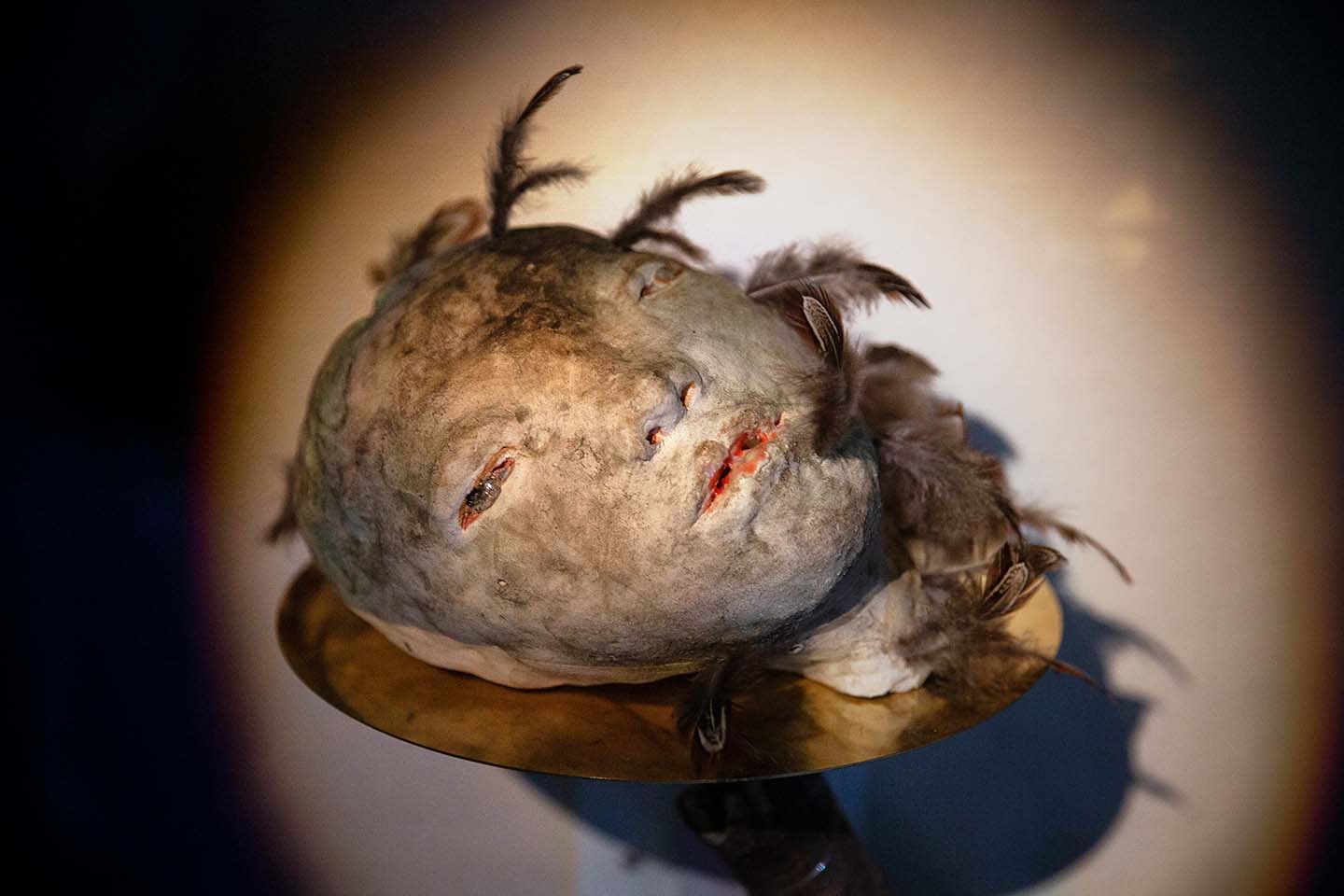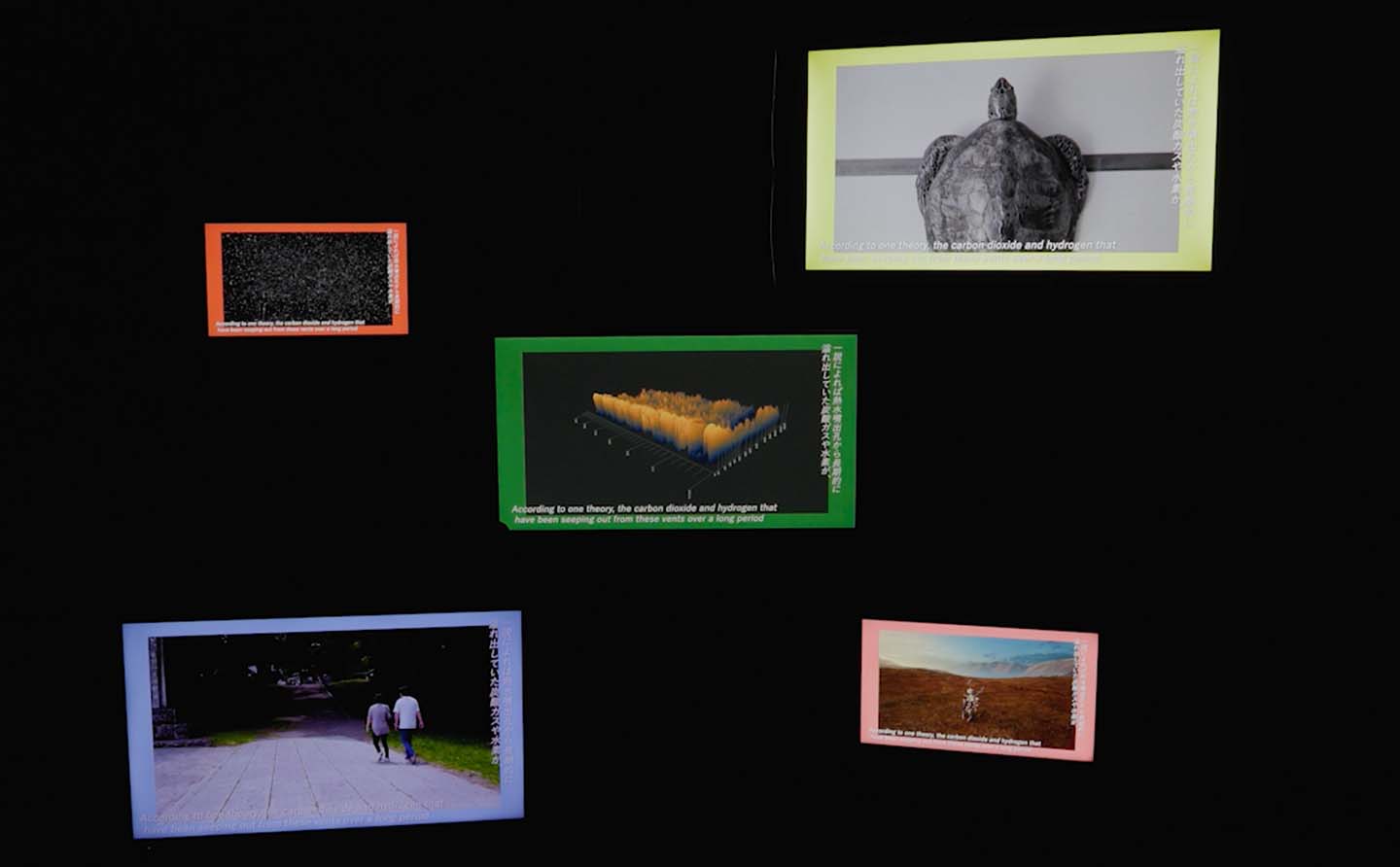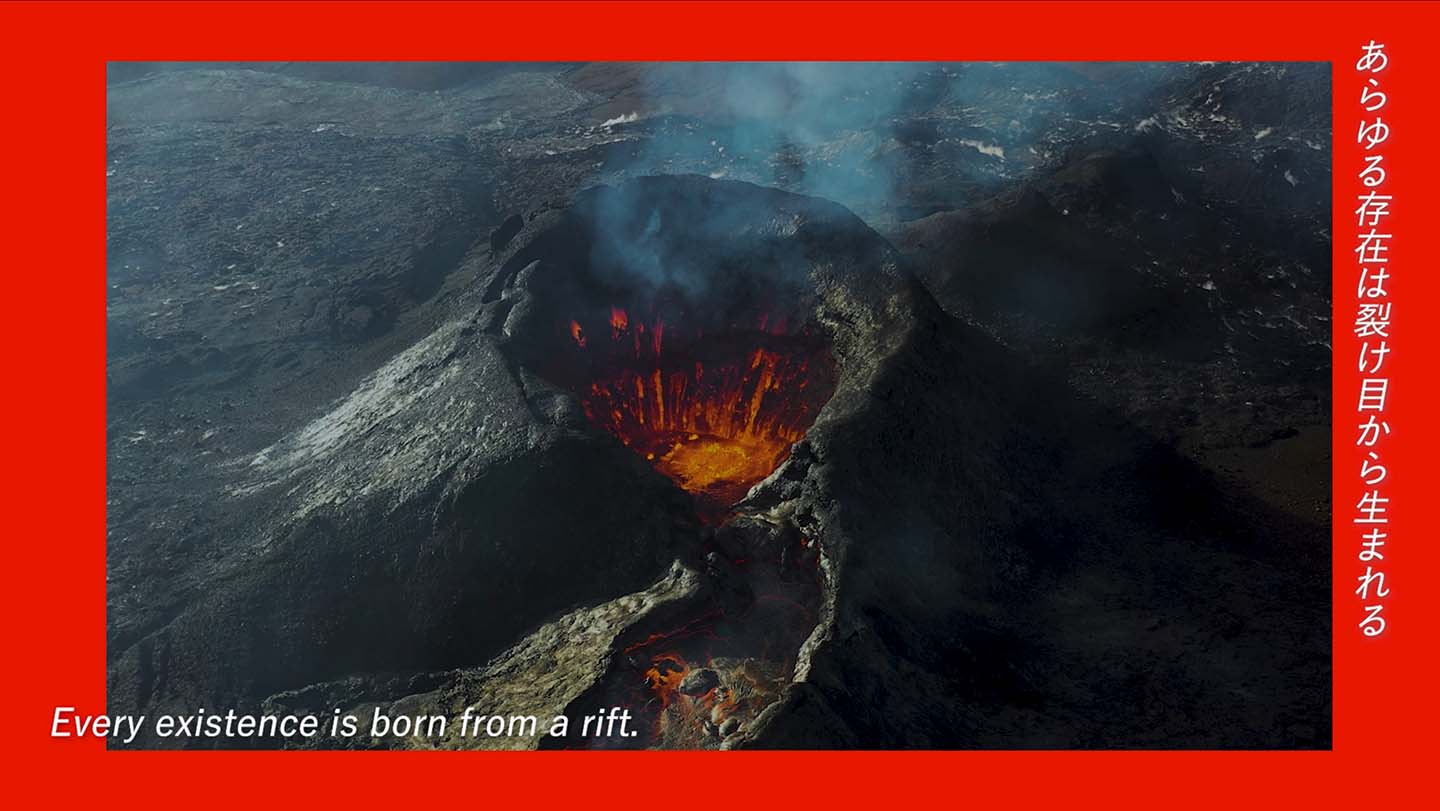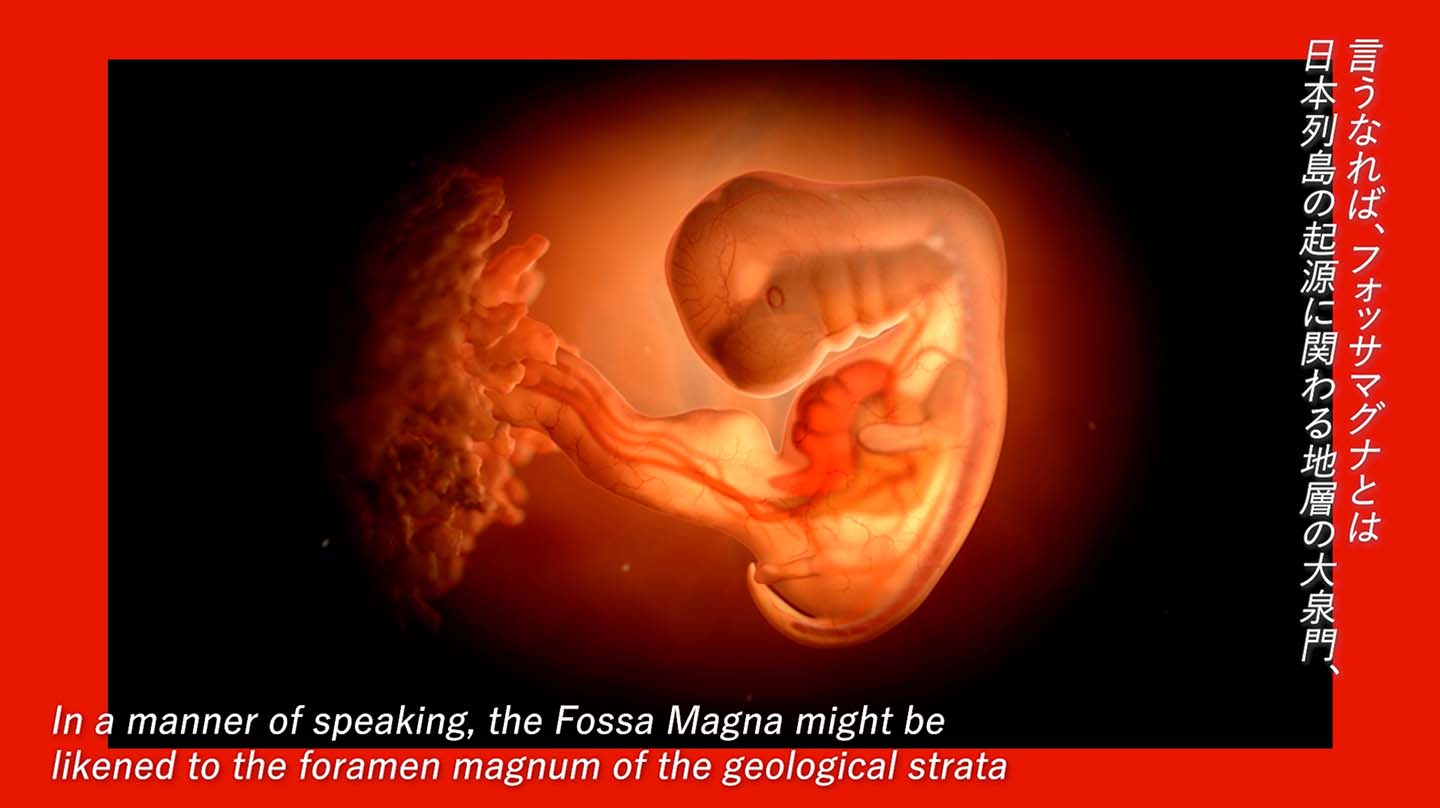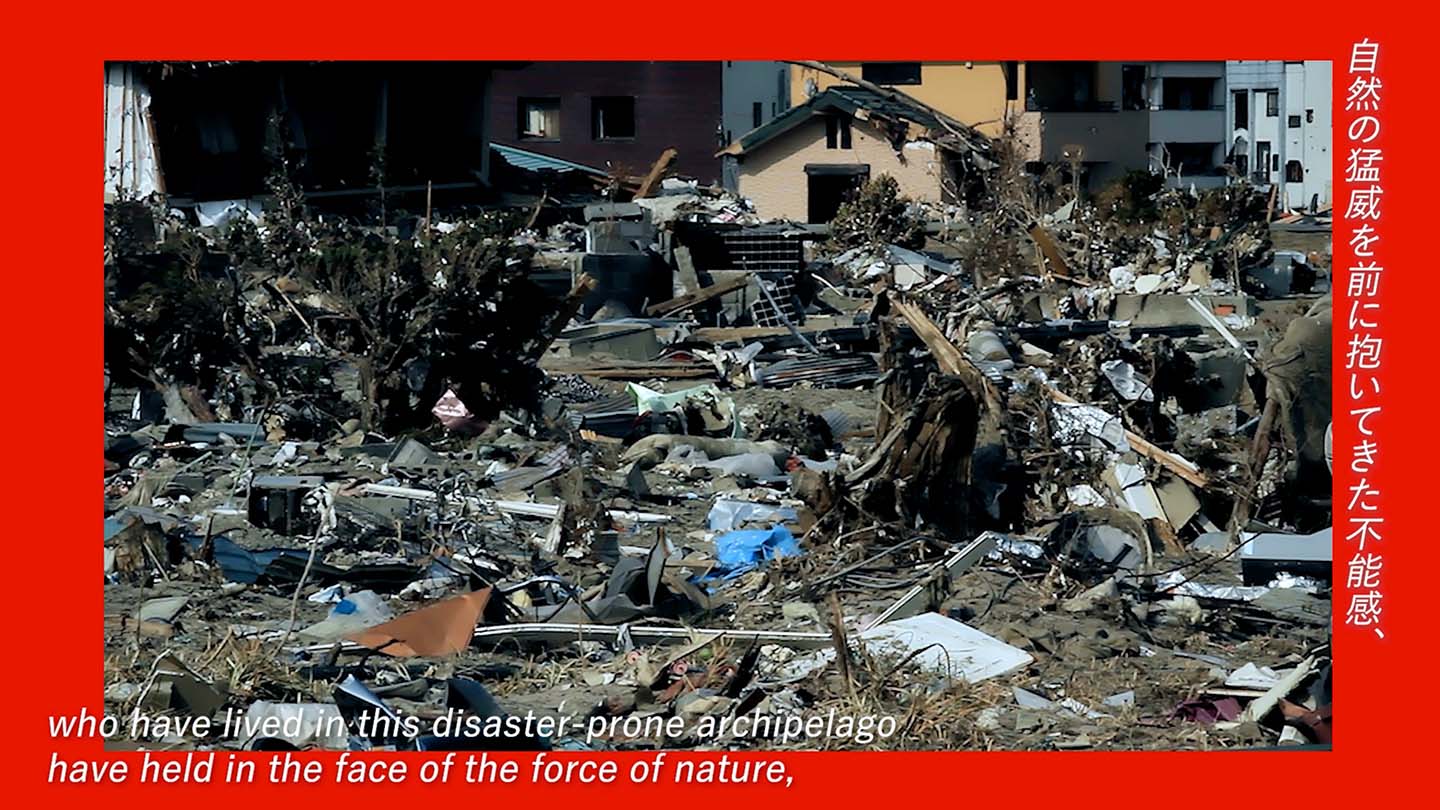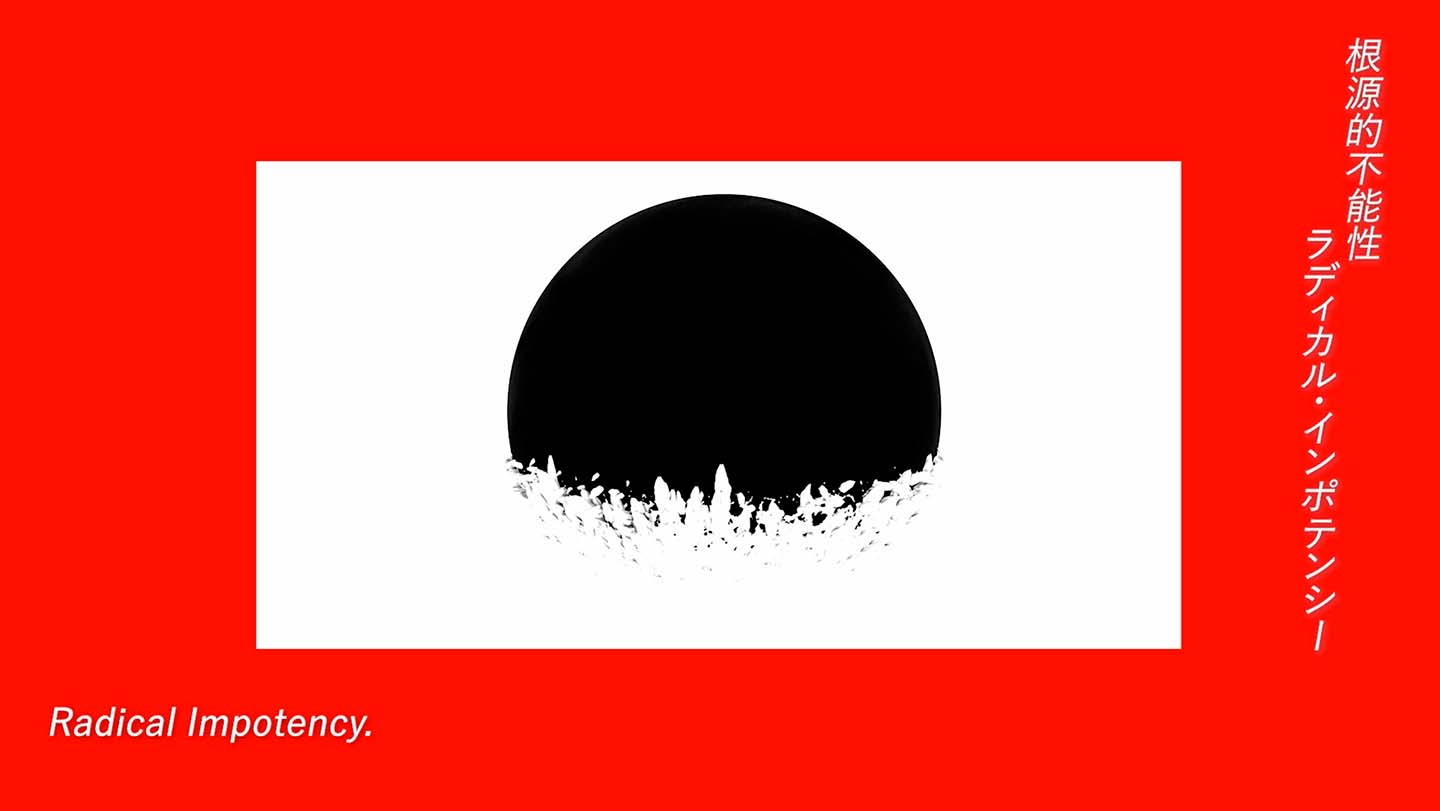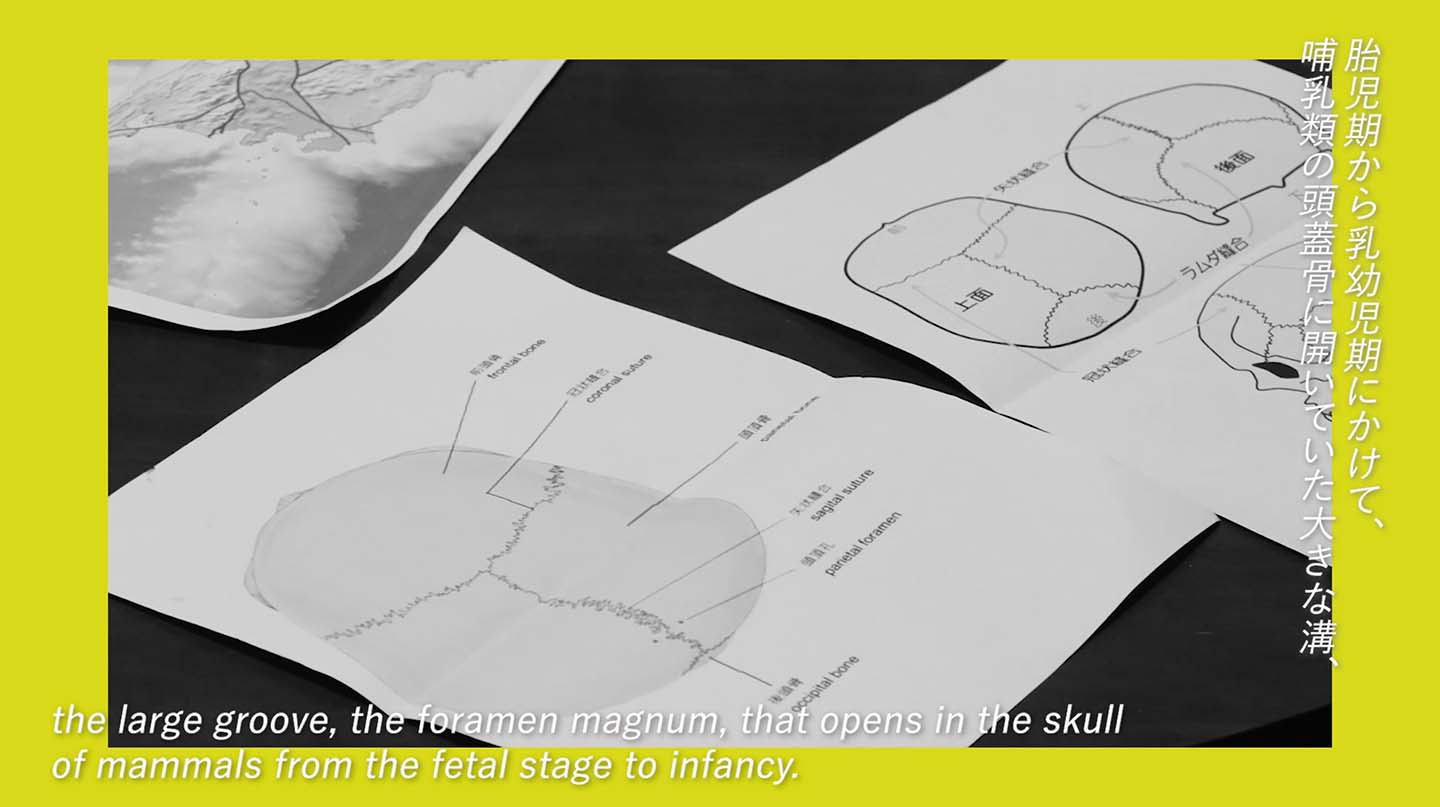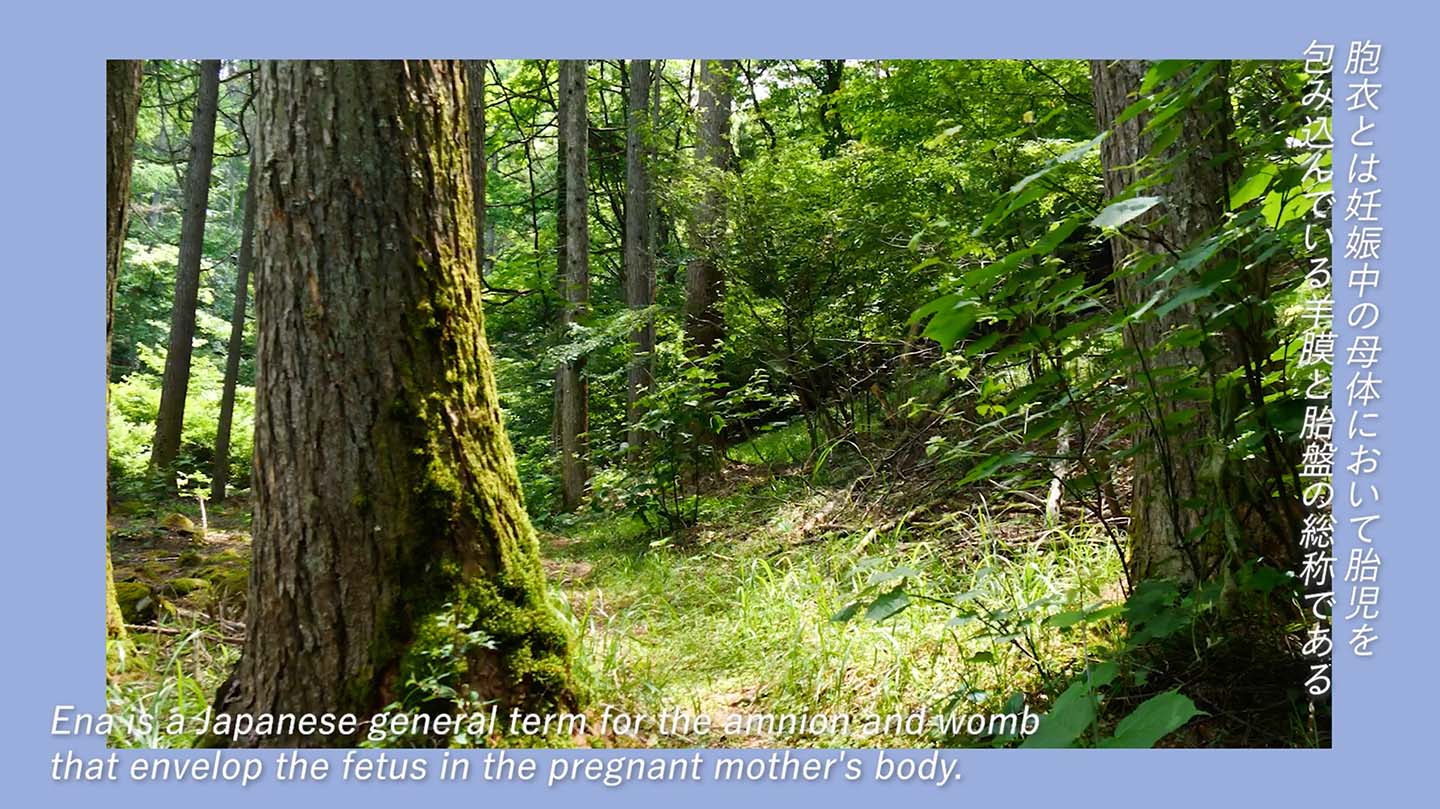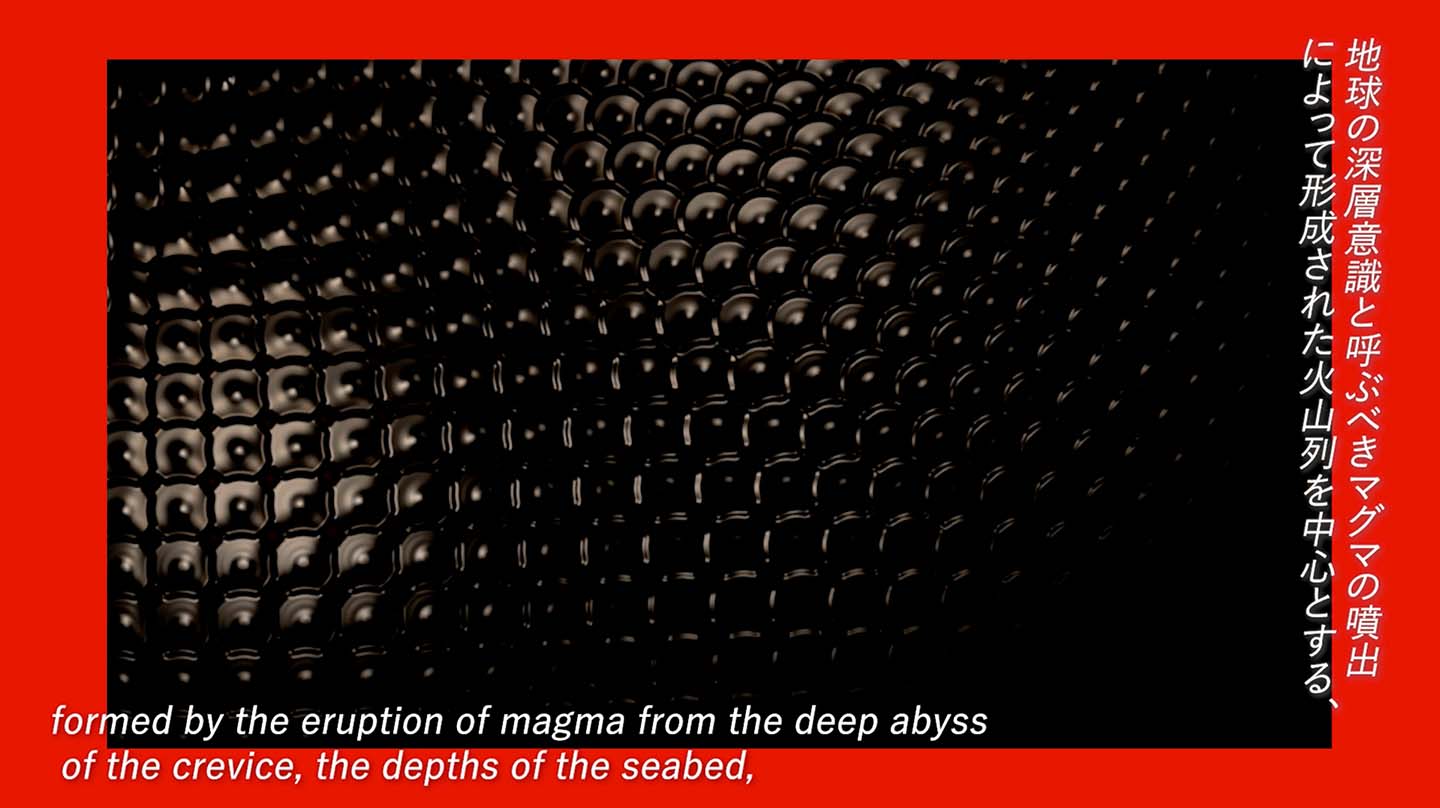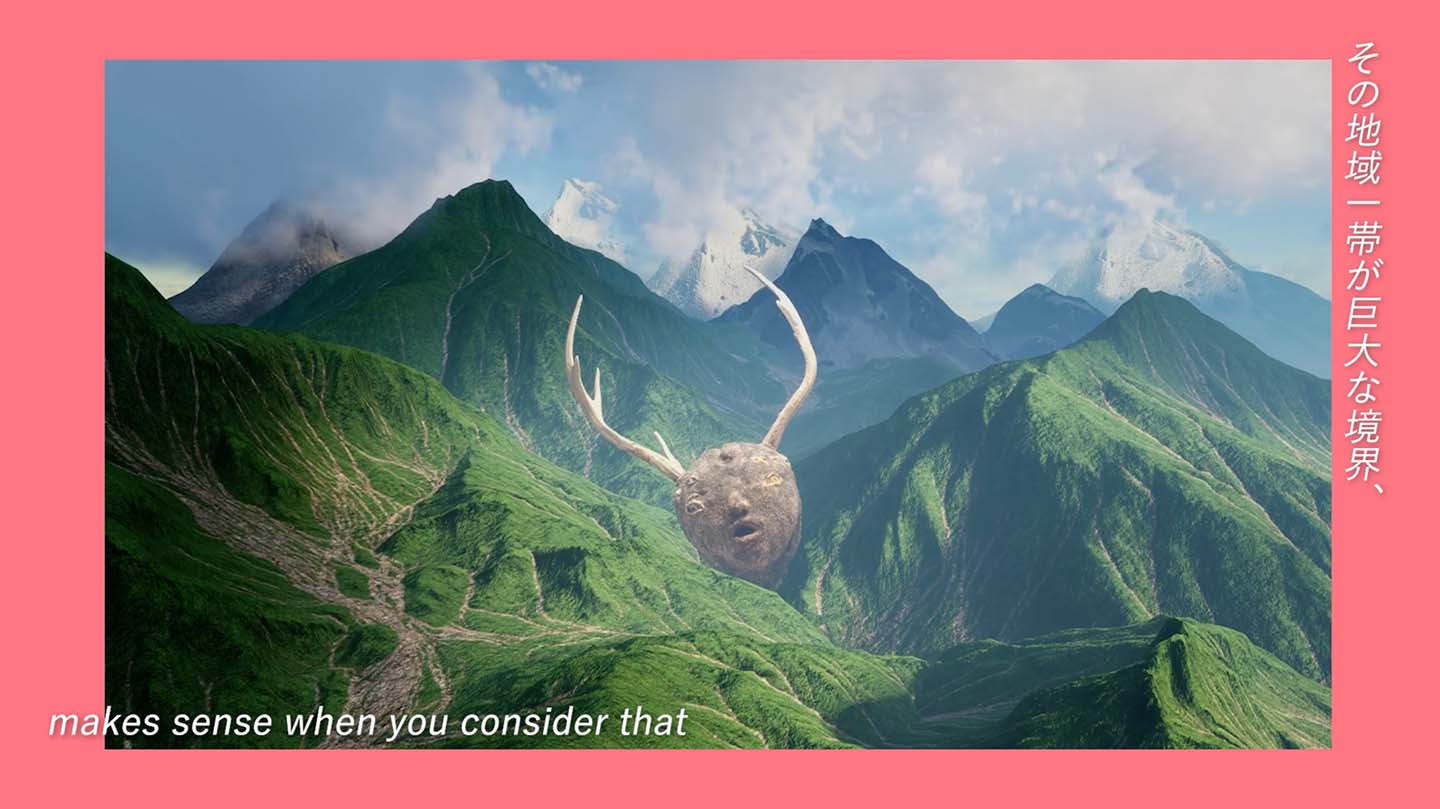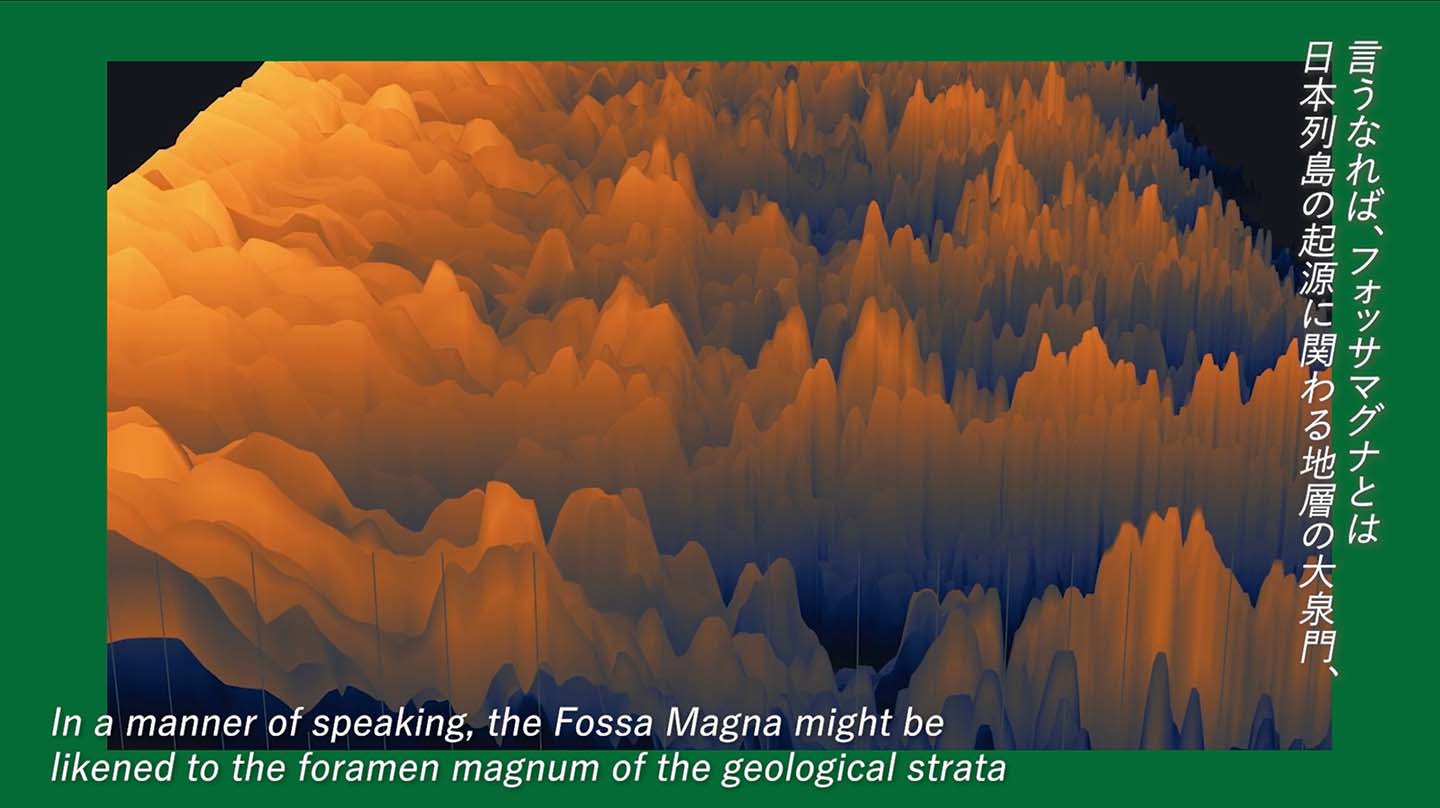CHIKATO
2022-2023, Exhibition, Film
Maki Ohkojima+Yosuke Tsuji
Exhibition "A thousand Dear Head", Chofu City Cultural Hall Tazukuri, Tokyo,
Film stills
Introduction
This is a short film by artists Maki Ohkojima and Yosuke Tsuji, shot entirely in the Suwa region of Nagano Prefecture after several research stays in the area. Inspired by the myths, beliefs, and folk customs of the Suwa region, the ambivalent nature of the universal activities of life, such as life, death, sexuality, food, and burial, is expressed in the form of a creative myth. Currently in production - to be in the fall of 2023.
INTRODUCTION
Once upon a time, at the intersection of two fault lines running through the Japanese archipelago, there was a mysterious forest that was revered as the boundary between this world and the next. In that forest lived the old gods and the people who worshipped them. The people who lived around the forest called the forest people and their gods "CHIKATO," and never went near the forest.
One day, a man from the Land of Jade in the north wandered into the CHIKATO Forest by accident. Lured by the sound of the wind and the scent of the water, he eventually reached the depths of the "CHIKATO Forest. There, he sees a huge jade object, which is unique in the world, and a strange-looking woman who radiates white light.
Credit
CAST
LLON KAWAI
ASAMI IDA
MOTOI TANAKA
KOM_I
HAN-HAN
JOMON TRIBE
( AZU, KENJI ONO, KATSUO, YOSUKE TSUJI, NUKEME, MADOKA, RYOTA MIYABAYASHI )
KAZUO AOKI
TAKUMI AOKI
KENTA ISHIGE
TAKU OSHIMA
TAIRA HANZAWA
MUSIC BY
KEN IKEDA
KOM_I
SOUND ENGINEER
HIROKI ONO
AUDIO ENGINEER
KAZUTO OKAWA : LLLL
DIRECTORS OF PHOTOGRAPHY
SHINN ASHIKAGA
KEN YAZAKI
EDIT BY
SHIN AHIKAGA
MAKI OHKOJIMA
YOSUKE TSUJI
KEN YAZAKI
WORK APPEARING IN THE PLAY
(YELLOW SPHERE)
KAZUMASA OHIRA [KAZE KANGEN]
PRODUCTION
ART COMMONS
Forest for Dialogue and Creativity
DIRECTED BY
MAKI OHKOJIMA
YOSUKE TSUJI
Exhibition view
Solo Exhibition "A thousand Dear Head", Chofu City Cultural Hall Tazukuri, Tokyo
Year 2023-2024
Shoot by Akimi Ota
In the center of the Japanese archipelago lies a gigantic keloid.
Once, the Japanese archipelago was split in two from the middle. The Kanto region, including the capital Tokyo, as well as most of Nagano and Niigata prefectures, were completely submerged underwater.
This primordial scar, which once divided Japan in two, is known in geology as the Fossa Magna (Great Trench). The current landmass was formed over a long period of time by the accumulation of volcanic ash and biological remains from submarine volcanoes.
The land constantly moves due to tectonic activity. The Japanese archipelago, floating across four tectonic plates, was formed in rhythm with these terrestrial breaths, which is why many fault lines cut across the islands. Among the most notable are the Itoigawa-Shizuoka Tectonic Line, located on the west side of the Fossa Magna and marking the boundary between East and West Japan, and the Central Tectonic Line, the oldest and largest fault line dividing the geological structure of Southwestern Japan.
Fault lines were not unrelated to human activity. On the rugged mountains of the Japanese archipelago, people are said to have traveled along fault lines when moving across the land. Faults form deep valleys and ridges in the mountains. It is easy to imagine that people perceived these as "natural paths" and walked along them.
Incidentally, these two major fault lines crossing the Japanese archipelago—these "natural paths"—intersect at a certain point. That point is the Suwa region of Nagano Prefecture, the theme of this exhibition.
Suwa, situated at the geological "crossroads" of the ancient Japanese archipelago, was also a cultural "crossroads" where people from all directions of the archipelago interacted. Just as the Fossa Magna was formed by fluids leaking from the Earth's interior through the fault line's fissures, the Suwa Basin has long been a repository for various myths, cultures, and beliefs, layered like a mille-feuille.
During the mid-Jomon period, Suwa boasted the highest population density in the archipelago and is known as one of the leading areas for Jomon pottery discoveries in Japan. Even in ancient and medieval times, Suwa was known for its unique political system, faith, and culture symbolized by the term "Suwa theocratic polity." Notably, despite the public taboo against meat-eating and slaughter after the arrival of Buddhism, these practices were carried out grandly in ceremonies led by the living deity known as the Ohori. This uniqueness sets the Suwa region apart from other areas.
Why is Suwa so distinctive? In 2022, we stayed in the Suwa region, exploring the traces of its ancient beliefs and culture, and investigated the land's ancient layers from various perspectives, including geology, folklore, and mythology. On one occasion, we participated in deer hunting in the Suwa mountains and were struck by the vivid contrast between the green forest and the red of blood. The Suwa Taisha Shrine's Onbashira Festival, which continues to this day, was originally a grand sacrificial ceremony offering seventy-five deer heads before the gods. The palpable sense of life circulating without pretense fills Suwa.
Nagano is also known as the navel of Japan, and Suwa, located at the intersection of the archipelago's fault lines, is the very center of that navel. Eventually, this umbilical cord will lead to the womb of the archipelago. In this exhibition, inspired by our research in the Suwa region, we attempted to approach the archetypal thoughts that breathe within this archipelago through various means of expression, including paintings, sculptures, installations, and videos.
Radical impotency
Video archive
Other Works
←Archives© 2026 Maki Ohkojima
